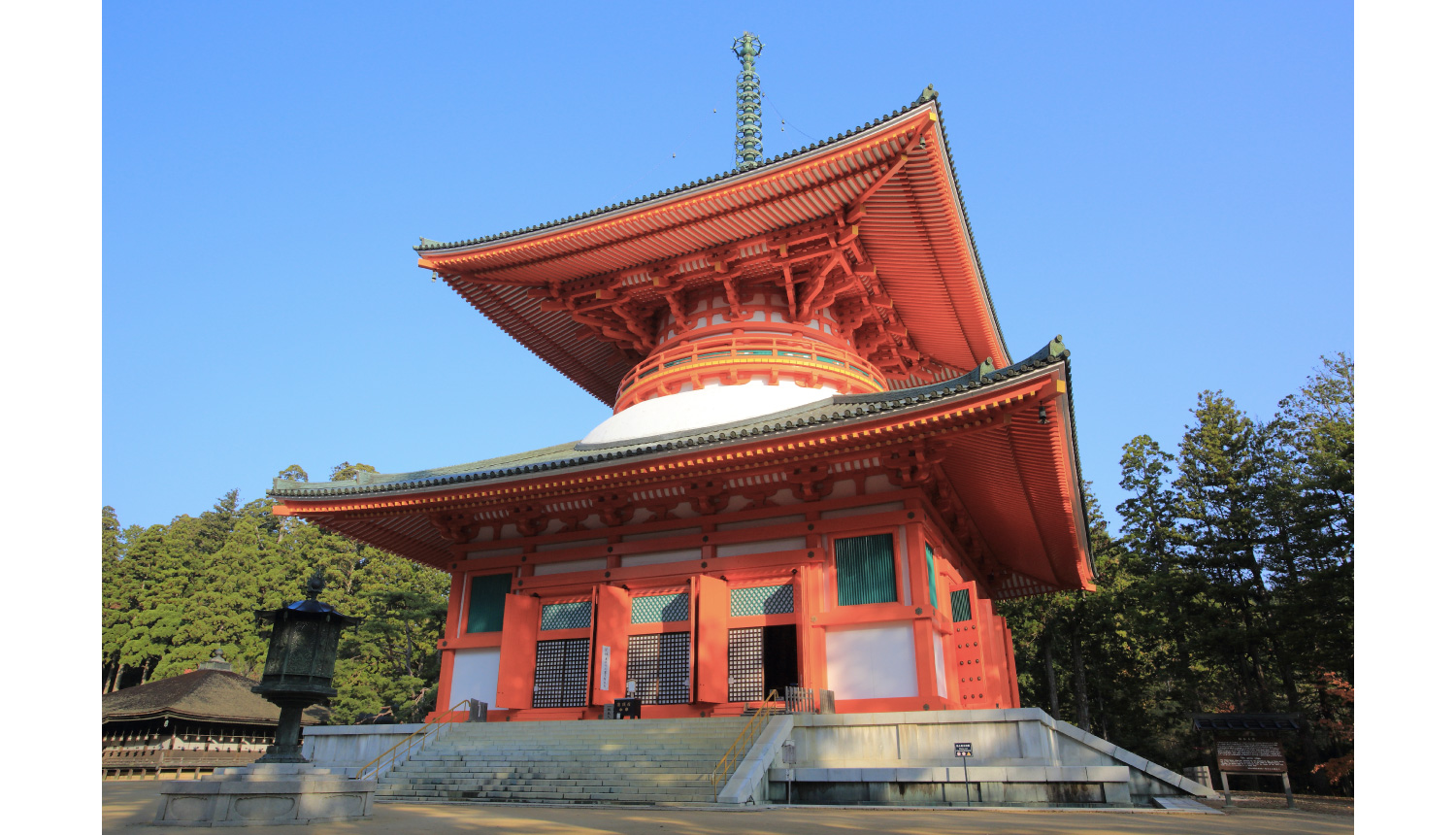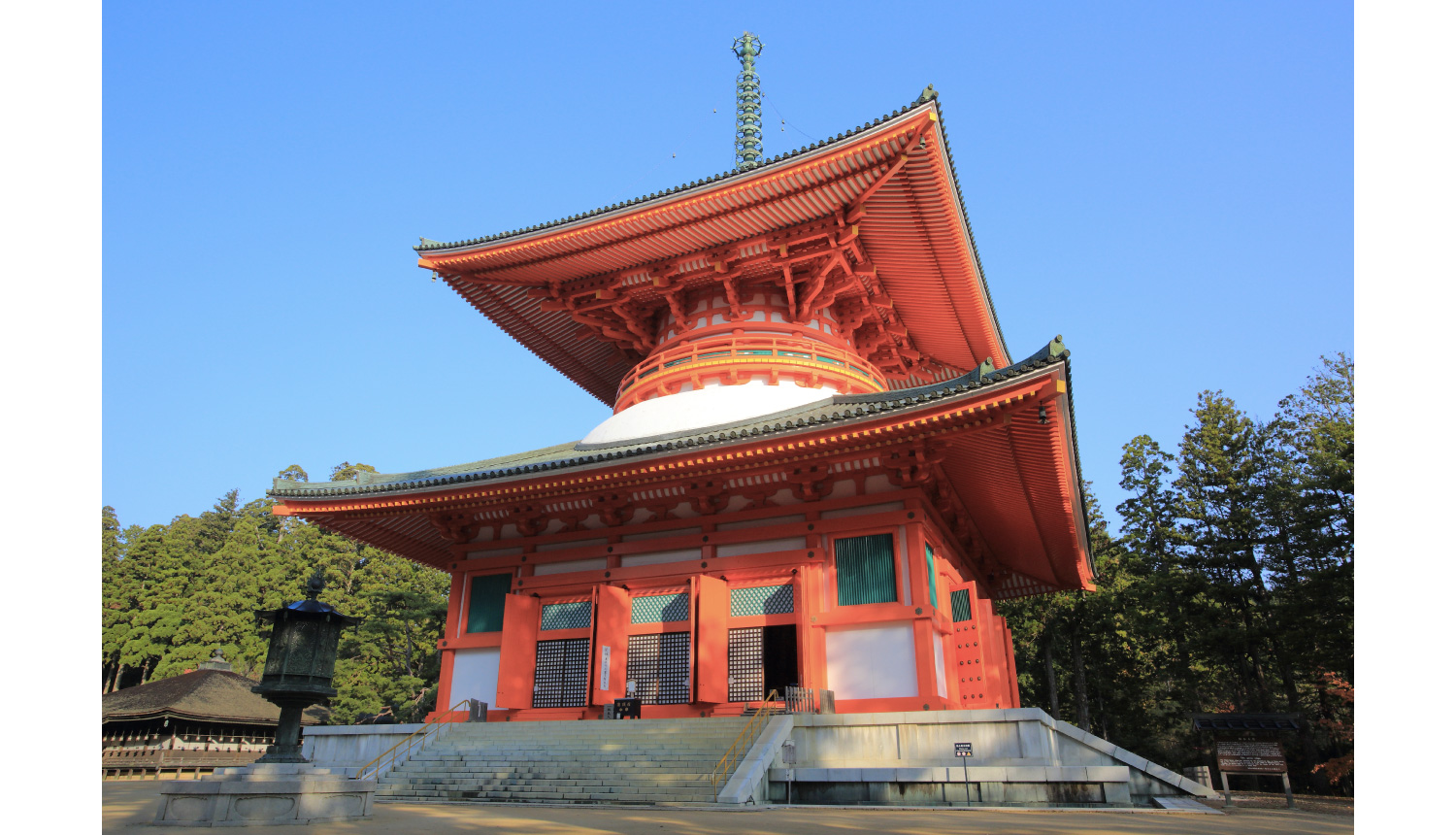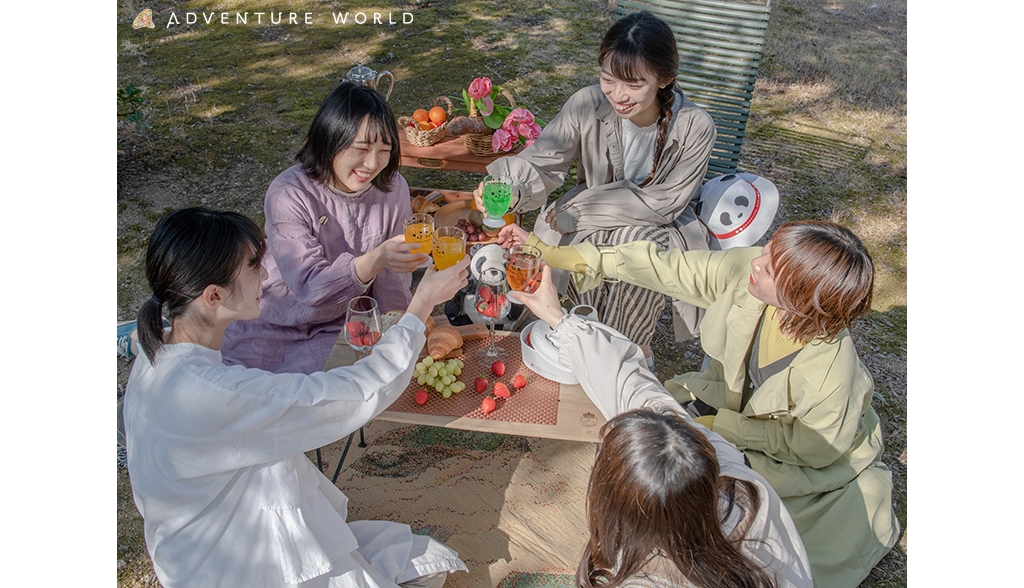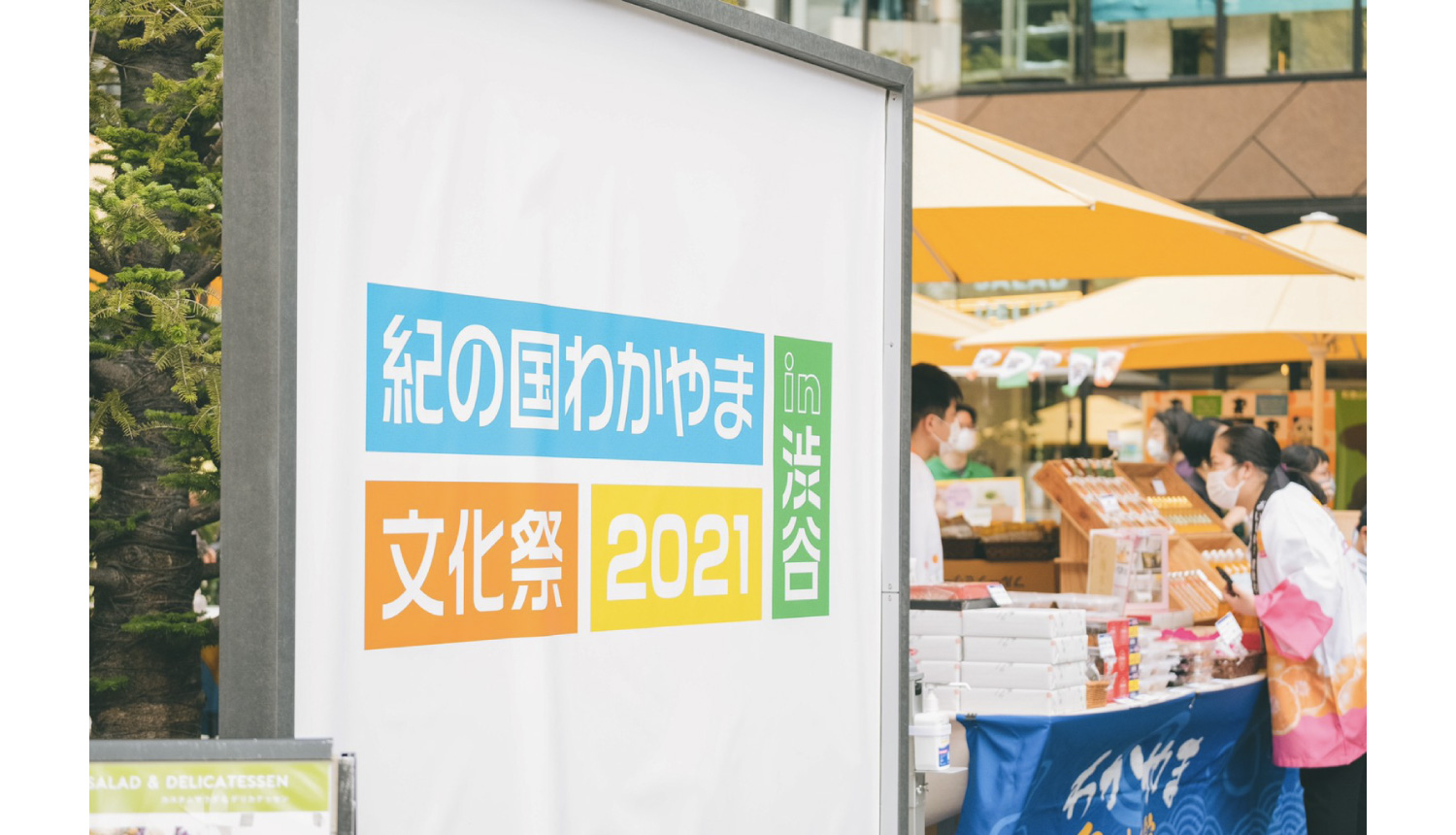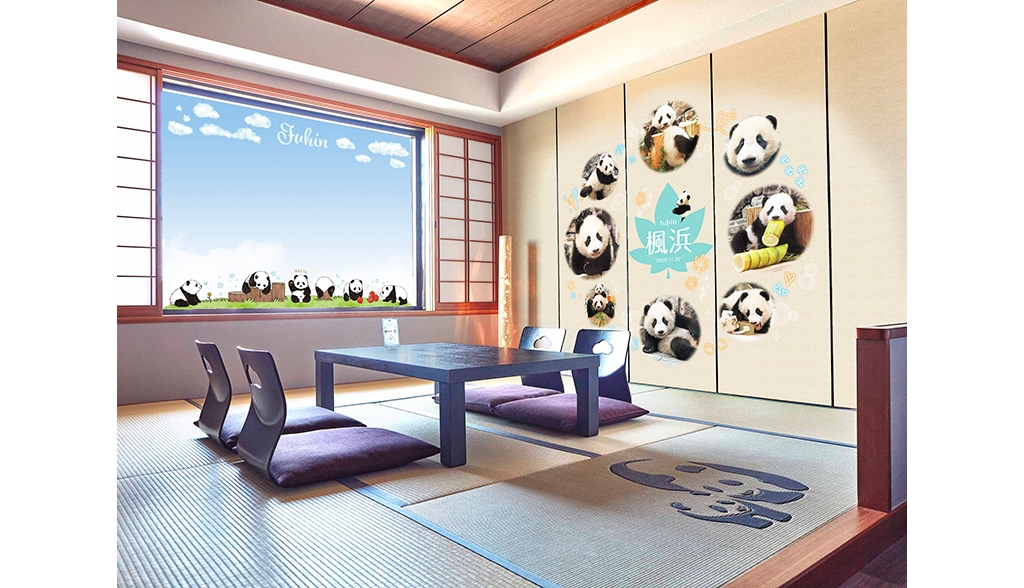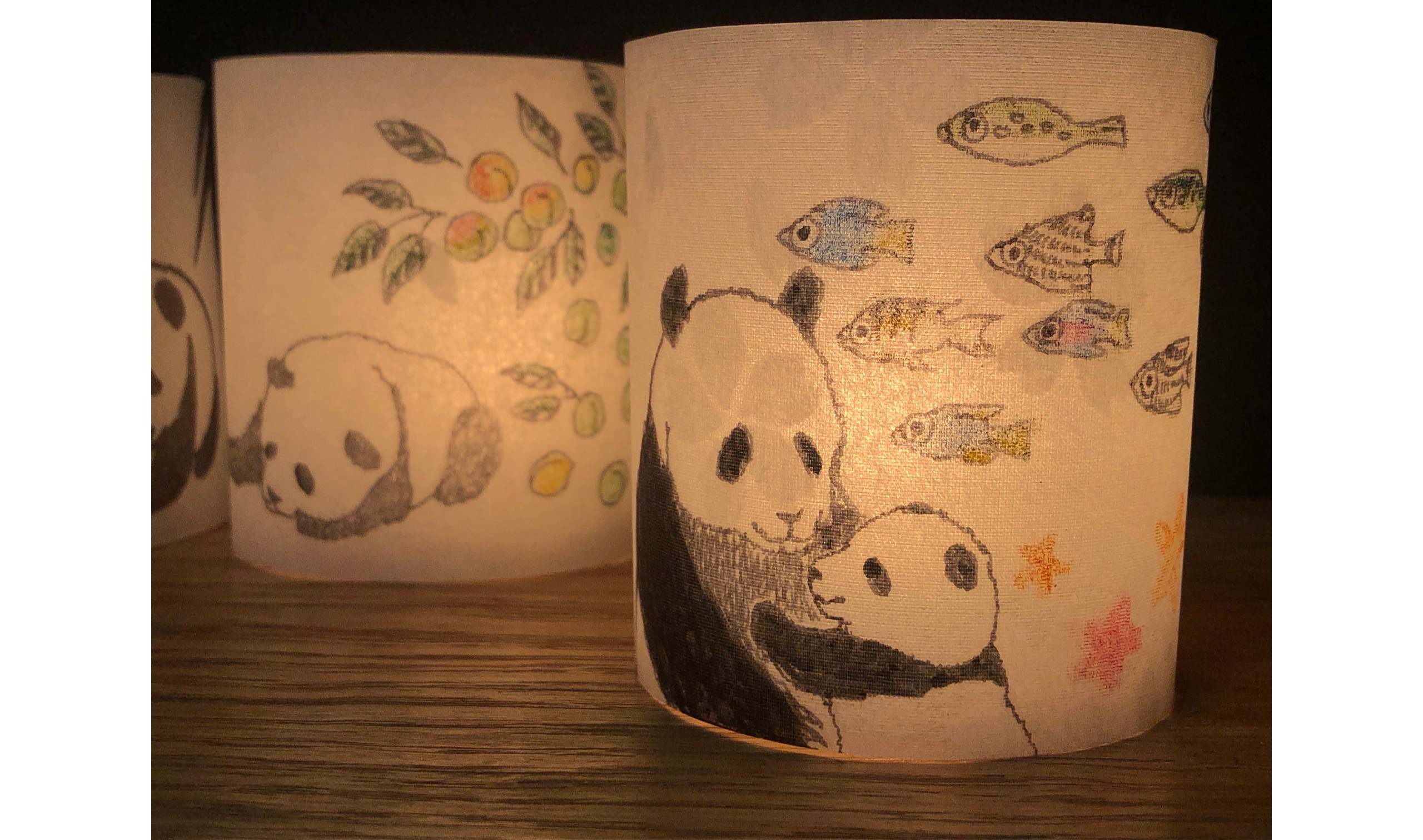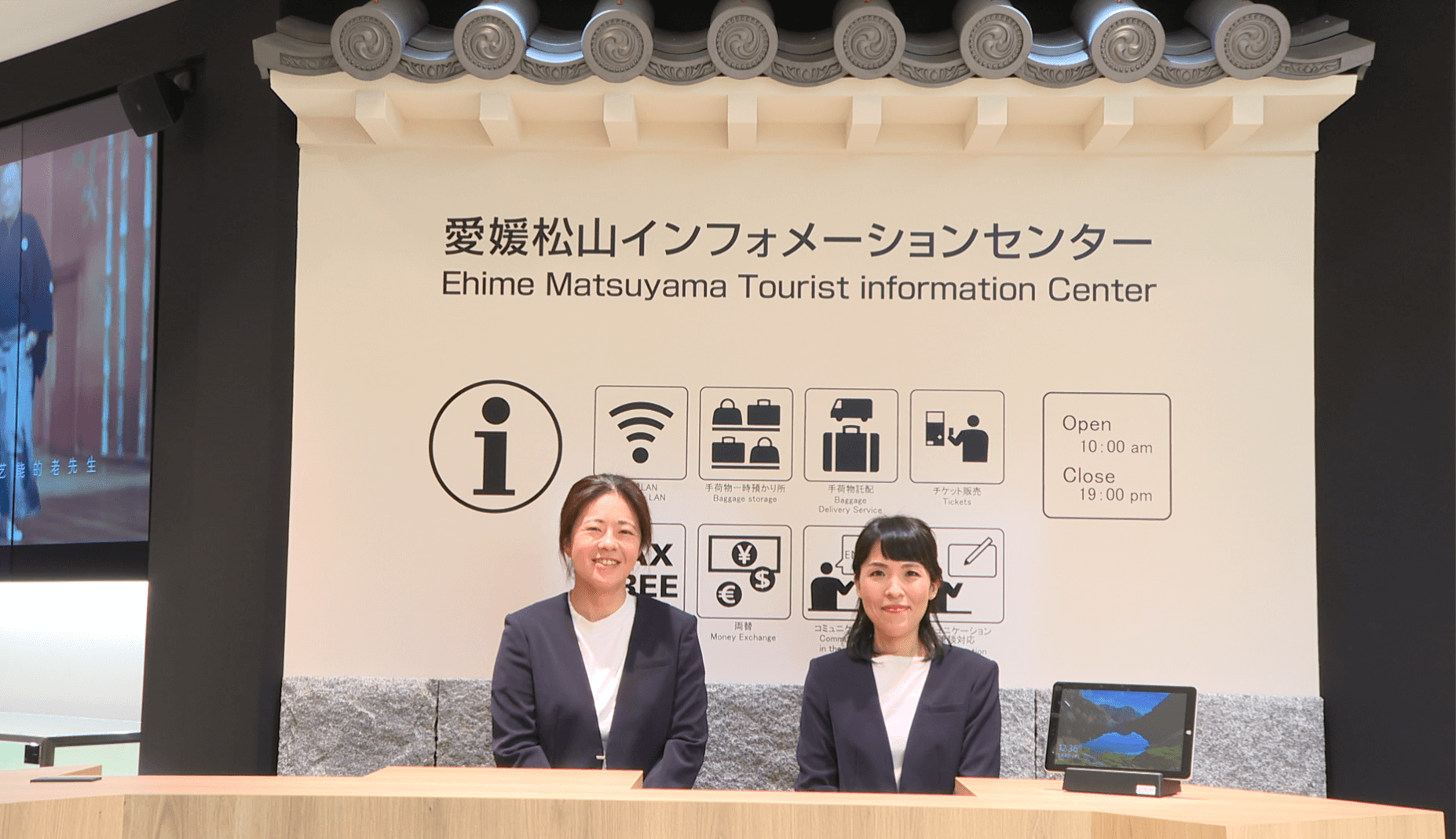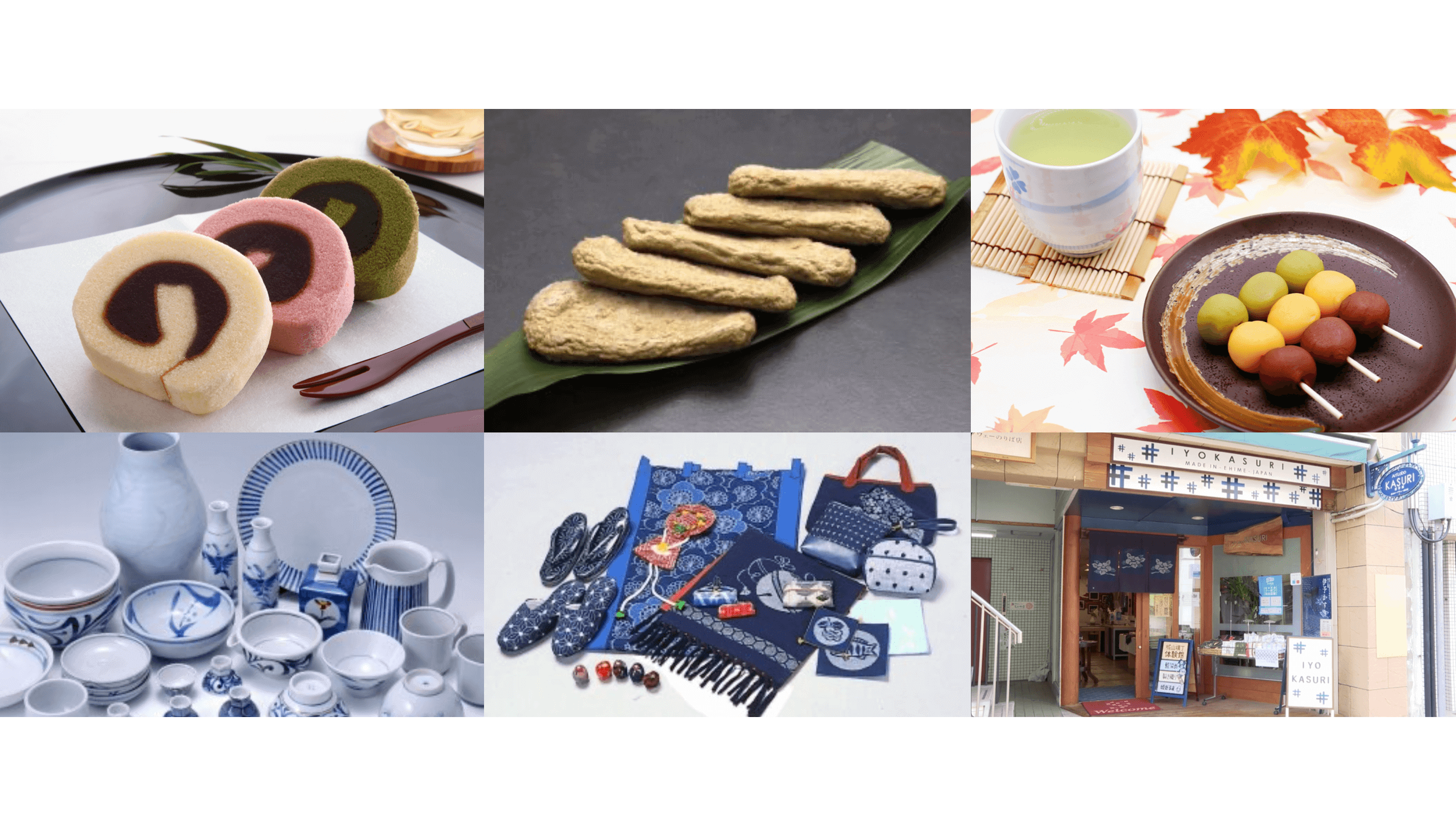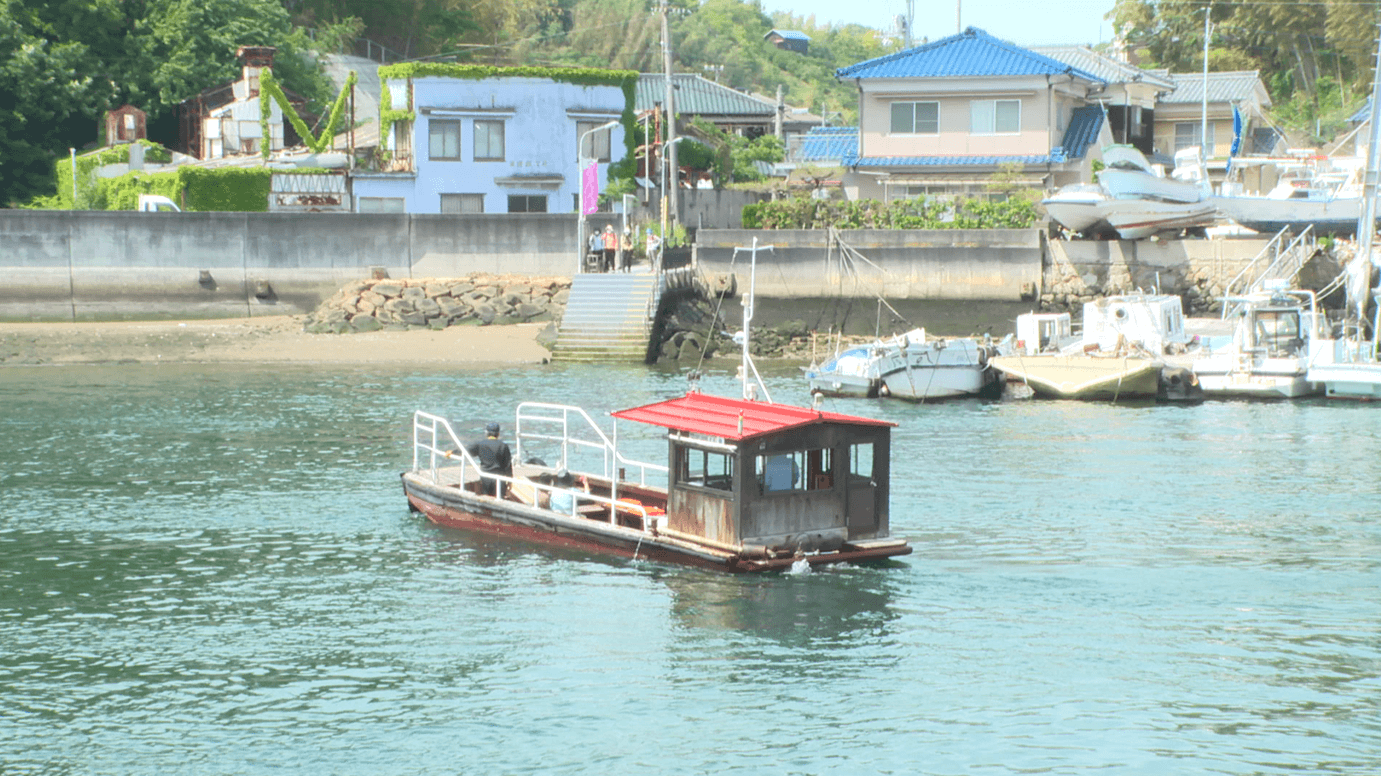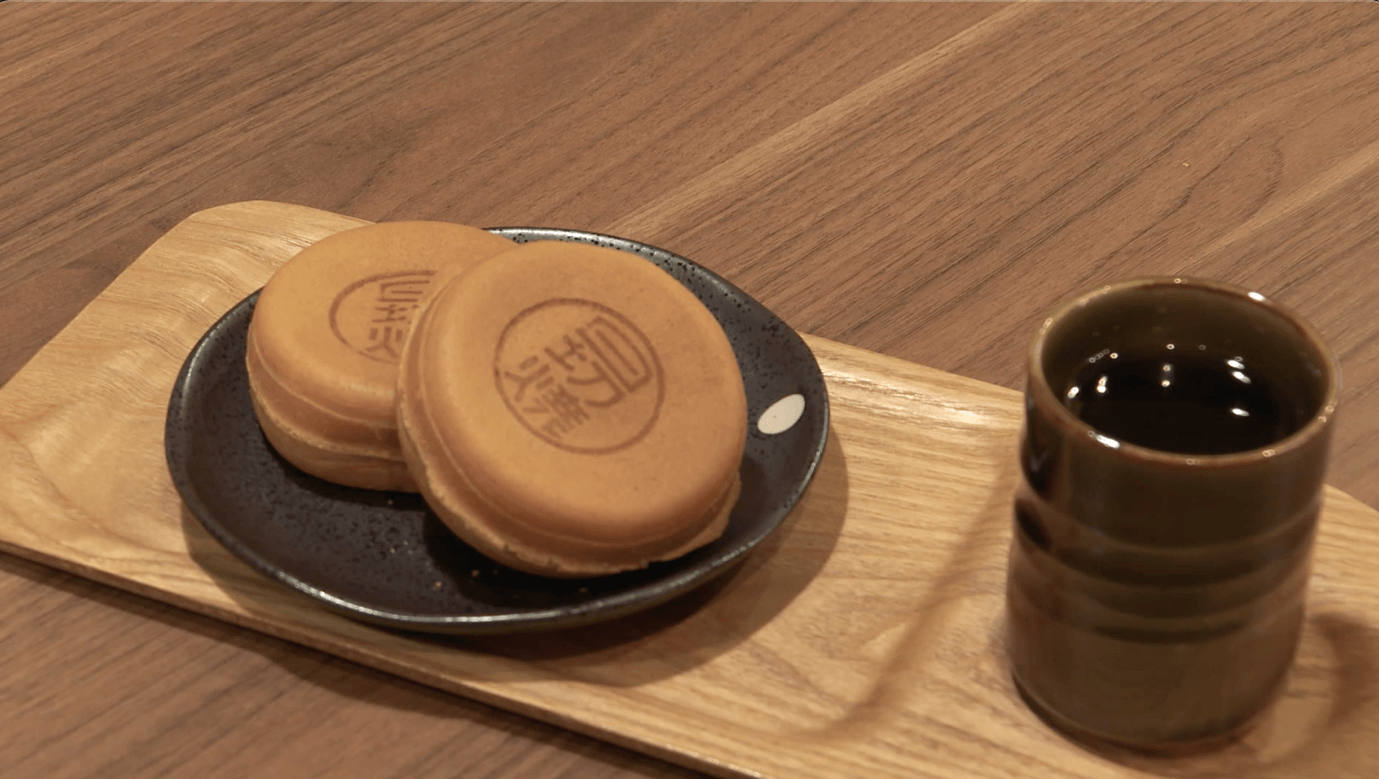Adventure World Wildlife Theme Park in Wakayama Adopts SmaLingual Multilingual App
03.September.2019 | SPOT
Adventure World has announced that it has adopted SmaLingual to the park, a multilingual app designed for foreign tourists and travellers in Japan to help them get around.
SmaLingual is a simultaneous multilingual interpretation service which uses a multilingual speech translation engine. Available in 10 languages including English and Brazilian Portuguese on both phones and browsers, the service translates and interprets both text and speech simultaneously, enabling people to have conversations with each other in different languages. The app’s functions also have a language level over TOEIC800, ensuring that you convey the right information correctly.
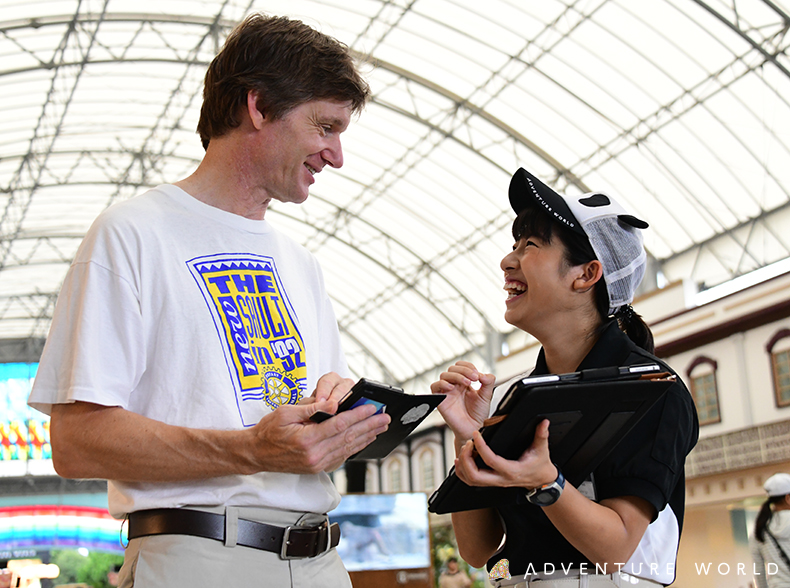
Using this app means you will be able to read and understand descriptions and explanations written around the park, cautious on interacting with the animals, and so on.
Now guests can enjoy Adventure World with friends and family to the fullest without making a mistake.
Information
Adventure World – SmaLingual
・Park Services Using App: 45
・Adventure World currently accepts 10 languages including Japanese, English, Traditional Chinese, Simplified Chinese, Korean, Thai, Indonesian, Myanmar, Vietnamese, and Brazilian Portuguese
How to Use
①Scan the QR code provided on the park staff’s tablet
②Translate your own text or voice using your own smart device
*Guests do not need to install the app if they do not wish. The app can be used online.
Adventure World
Address: 2399 Katata, Shirahama, Nishimuro District, Wakayama Prefecture
Official Website: https://www.aws-s.com/
RELATED ENTRIES
-
Interview: Shakuhachi Player Yoshimi Tsujimoto Discusses Her Craft and the Upcoming Concert at Kumano-Nachi Taisha
Each year, an incredible event is held at Kumano-Nachi Taisha, a Shinto shrine and World Heritage Site located in the Kii Mountain Range of Wakayama Prefecture.
To kick off the ‘diamond celebration,’ a special concert will mark the 1,250th anniversary of the birth of Kobo Daishi, the Japanese Buddhist monk who founded the Shingon school of Buddhism. Yoshimi Tsujimoto, a shakuhachi player from Hashimoto, will perform in the concert scheduled to begin on October 22 at 13:30.
Moshi Moshi Nippon sat down with Yoshimi Tsujimoto to discuss her music and, most importantly, her interest in sharing the sound of the shakuhachi with the world.
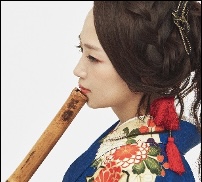
−How did you become interested in the shakuhachi?
My father loved the shakuhachi, and because of that, I grew up surrounded by the sound of it. That’s how it all began!
−What attracts you to playing the shakuhachi?
I love the timbre of the shakuhachi.
Those who play the shakuhachi often say that a single note has the power to bring someone to enlightenment.
Curiously, individual differences in tone are more easily discernible with the shakuhachi than with other instruments. That means that a person can express themselves in more unique ways.
−You’ve performed in many different countries. Do you get different reactions to the shakuhachi in other countries when compared to Japanese audiences?
I have a vivid memory of a time I performed a classical shakuhachi piece solo. This particular type of classical music is called ‘wabi-sabi,’ and it isn’t very loud or lively.
In Japan, when I finish a performance, people usually clap. But when I performed in South America, as soon as the piece concluded, there was a standing ovation with people shouting “Bravo!” That would never happen in Japan, and it left such a lasting impression on me.
−Are there any countries that have left a lasting impression on you, or that you would like to visit in the future?
I have good memories of every country I’ve visited, but I think that Cuba left the biggest impression. I just made me think about how incredible music can be.
I’d love to visit Bulgaria, Morocco, Armenia, Uganda…it’s tough, because I want to visit every country I haven’t been to yet. (laughs)
−You’re from Hashimoto City, near Mount Koya. How did you feel when you heard that this concert would be held so close to your hometown?
What I felt was pure joy.
Personally, I’ve always loved Mount Koya, and I went there many times as a child. It’s such a pleasure to be able to perform there.
−Tell us some of your favorite memories involving Mount Koya.
I go to Mount Koya at least three or four times a year. It’s not a particular memory per se, but every time I go, I love to eat vegetarian food, explore, and buy wheat buns and sesame tofu as gifts to take home.
−Are there any local foods or places that you’d recommend?
The fruit is delicious in Wakayama, and my hometown is famous for persimmons.They are so yummy, and I just want everyone to try them!
Mount Koya and Kumano Kodo are both World Heritage sites, and they are both absolutely breathtaking. Other than those, I’d recommend Adventure World! It has adorable pandas roaming around freely and the most wonderful dolphin shows. Everyone from around the country should visit!
−Finally, do you have a message for Moshi Moshi Nippon readers?
Japan is filled with incredible places and culture. The shakuhachi, a beloved traditional Japanese instrument, is one piece of that culture.
I want audiences around the world to hear the sound of the shakuhachi and to make it more familiar. If you have a chance to hear it, I hope you will.
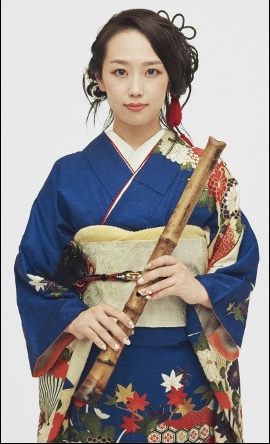
Be sure to follow Yoshimi Tsujimoto’s activities going forward as she shares the beauty and culture of shakuhachi with the world.
Information
Concert at World Heritage Site Kumano-Nachi Taisha (Wakayama)
Date: October 22, 2022 at 13:30
Venue: Danjo-garan Buddhist Temple
-
Concert to be Held at World Heritage Site Kumano-Nachi Taisha in Wakayama
Each year, an incredible event is held at Kumano-Nachi Taisha, a Shinto shrine and World Heritage Site located in the Kii Mountain Range of Wakayama Prefecture.
To kick off the ‘diamond celebration,’ a special concert will mark the 1,250th anniversary of the birth of Kobo Daishi, the Japanese Buddhist monk who founded the Shingon school of Buddhism. Yoshimi Tsujimoto, a shakuhachi player from Hashimoto, will perform, while the event also hopes to bring tourism to the area by sharing more information about Wakayama with the masses.
Date: October 22, 2022, 13:30
Venue: Danjo-garan Buddhist TempleProgram:
[Part 1] Chorus of local elementary school students, etc.
[Part 2] Talk Session
Participants:
Hougen Yabu (Director of Head Temple Kongobu-ji on Mount Koya)
Yoshimi Tsujimoto (Shakuhachi player)
[Part 3] Concert
Performer: Yoshimi Tsujimoto (Shakuhachi player)
*Will include a percussion, guitar, and keyboard session
<About the Call for Visitors>
350 Guests are Invited!
*If there are too many applicants, a drawing will be held.
*Livestreaming of the event will also be available online.
Application Period: August 23 – September 26, 2022
*Postcards must be postmarked by September 26. Those applying n the website must do so by 23:59 on September 26.
How to Apply:
- By postcard
Address: Yamabutai Concert Section
Wakayama Broadcasting Co.
3-3 Minatohonmachi
Wakayama, 〒640-8577What to Include: Zip Code, Address, Name, Age, Phone Number, Admission
*Can include up to 2 guests.2. On the special website
Please apply using the application form on the special website.
Keep in Mind:
1. Incomplete entries will be considered invalid.
2. Only one application per person is allowed.
3. If there are too many applicants, a drawing will be held. Winners will be announced when numbered tickets are sent out.
4. Personal information provided in each application will not be used for any purpose.
(For Reference) Past Performers
2015 – Hitomi Shimatani (Danjo-garan Buddhist Temple)
2016 – Chitose Hajime (Kumano-Nachi Taisha)
2017 – *Canceled due to typhoon.
2018 – Kumiko (Oyunohara)
2019 – May J. (Kumano-Nachi Taisha)
2020 – *Canceled due to the ongoing pandemic.
2021 – Yuki Koyanagi (Kumano-Nachi Taisha)
■Cast Profiles
◆ Hougen Yabu / Director of Head Temple Kongobu-ji on Mount Koya
・1993 – Graduates from Koyasan University
・In 2011, he became the chief priest of Kirihata Temple, where he remains to this day.
*Kirihata Temple [Fukuoka Prefecture] / Sasaguri 88 Sacred Sites, #10
・In 2021, he became the Director of Head Temple Kongobu-ji on Mount Koya and was also appointed as the director of the 1,250th birthday celebration for Kobo Daishi, the founder of the Buddhist sect.
◆ Yoshimi Tsujimoto / Shakuhachi Player
・Born in Hashimoto, Wakayama Prefecture in 1987.
・Graduating from Tokyo University of the Arts, she has attracted media attention since she was a student, and has been active in a number of fields from traditional Japanese music to pop.
・She has been invited to perform around the world, from the U.S. to Italy.
(Overseas tours: 33 cites in 24 countries, 53 total performances)
・In 2015, her cover of a song using traditional Japanese instruments went viral.
She began her solo project Bamboo Flute Orchestra to share the beauty of Japanese traditional instruments with people around the world.
・In 2016, she made her major debut as the first-ever female solo shakuhachi player.
Information
Managed by the Tourism Promotion Division
Contact: Saiki/Kanao
Phone Number: 073-441-2775
-
Wakayama’s Adventure World Opens Spring ‘Picnic with Animals’ Event
Adventure World, located in Shirahama, Wakayama Prefecture, has opened its 2022 Spring Festival until April 10, 2022. The event includes a limited-time picnic menu inspired by adorable animals, with desserts made using fresh local fruits.
Picnic Offerings
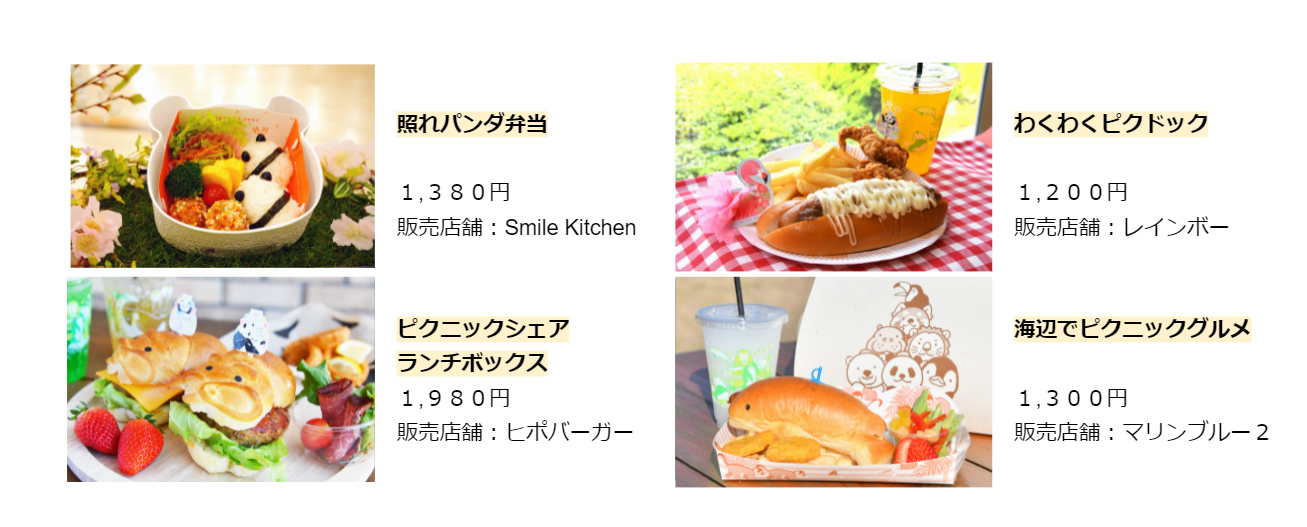
Kannonyama Fruits Garden Collaboration Menu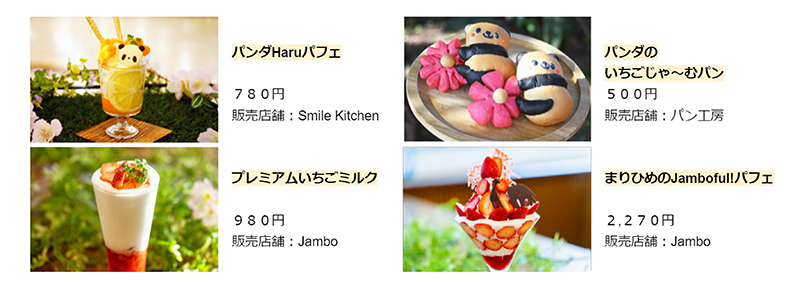
Adventure World Original Menu
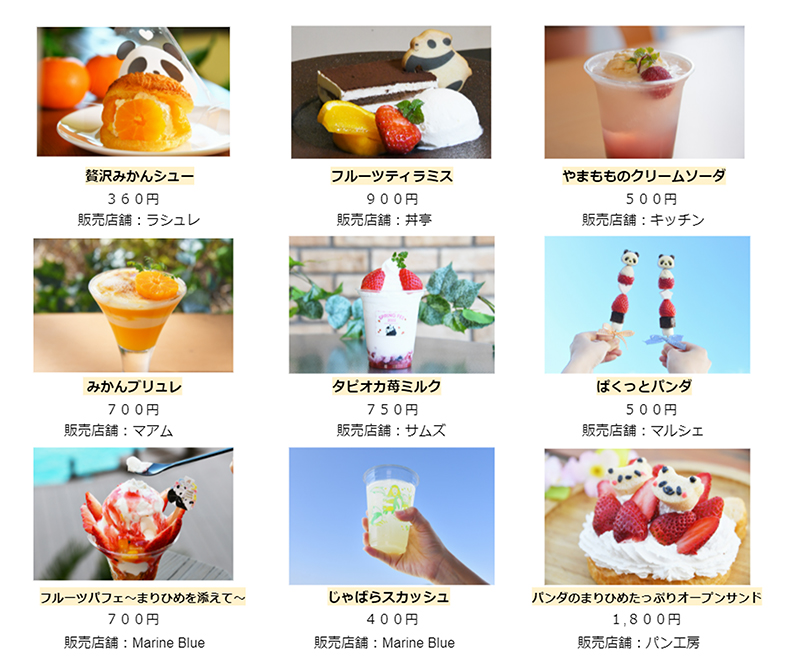
Information
2022 Spring Festival
Running: March 19 – April 10, 2022
Address: Adventure World, Shirahama, Wakayama
Details: https://aws-spring-fes.com
-
Report: The Beauty of Wakayama Prefecture in Shibuya! Kinokuni Wakayama Culture Festival 2021 in Shibuya, Produced by Channel 47
The Kinokuni Wakayama Culture Festival 2021 in Shibuya, produced by Channel 47 and sponsored by the Agency for Cultural Affairs, was held at Shibuya CAST on October 3, 2021.
The event was held to spread the word about the Kinokuni Wakayama Culture Festival 2021, the largest cultural festival in Japan, being held in Wakayama City from October 31 to November 21. Channel 47, the producer of the event in Tokyo, is a company using the power of pop culture and entertainment to share local Japanese culture with the world.
Shibuya CAST, located between the popular neighborhoods of Shibuya and Harajuku, was the perfect location for the event, and visitors enjoyed a number of presentations showing off the best parts of Wakayama. Various goods from the southern prefecture were on sale, and celebrity guests and local figures were in attendance. An original Wakayama Panda Mask Cover, produced by ASOBISYSTEM, was given to over 3,000 guests to help prevent the spread of COVID-19.
Click below for a video of the event highlighting the venue and talks.
A Market Highlighting Wakayama’s Cuisine
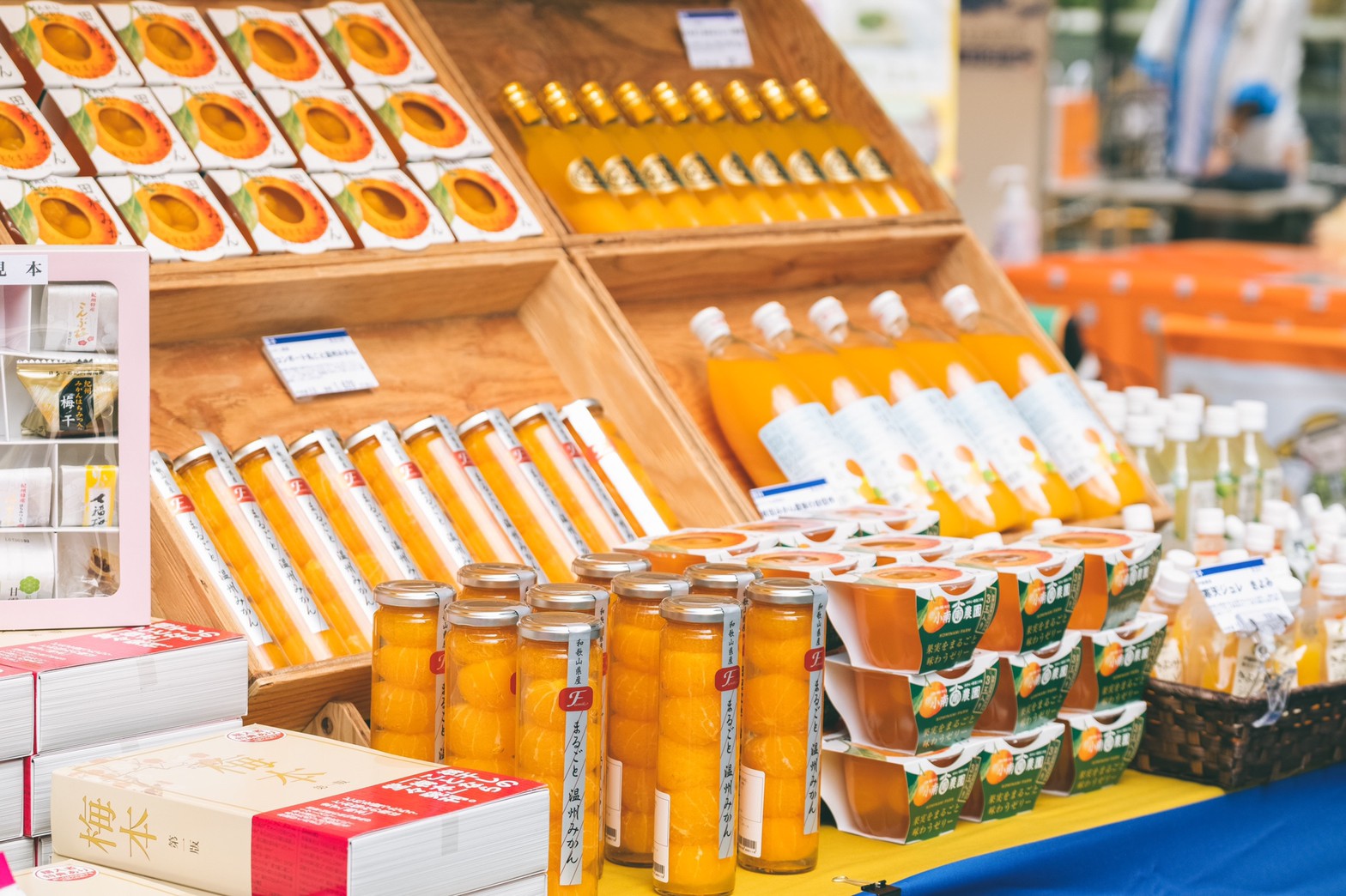
Booths in the plaza of Shibuya CAST were set up, each selling some local goods from the heart of Wakayama, including oranges, dried plums, sake, and shochu.
Cultural Figures, Models, and Celebrities in Attendance
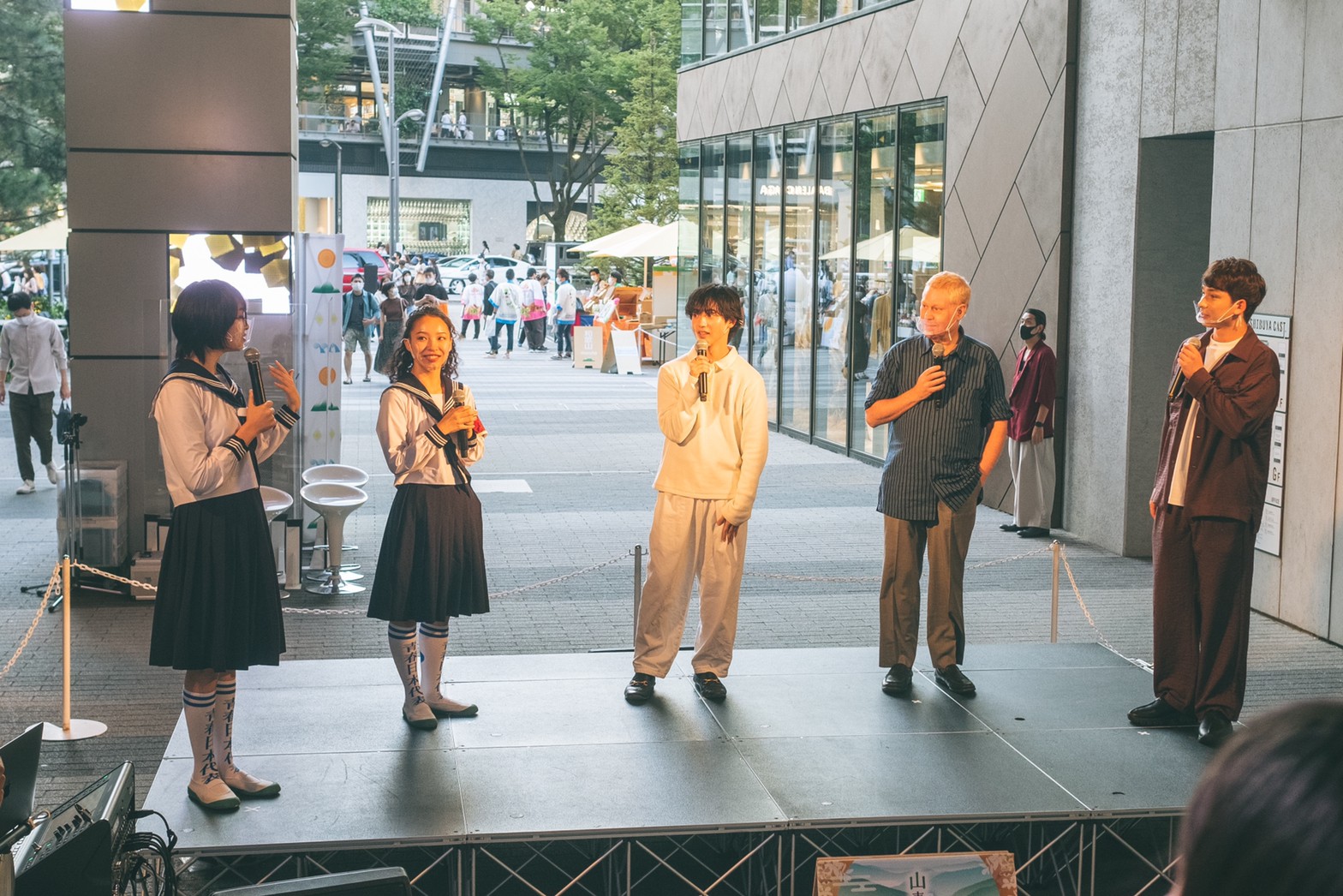
On a special stage erected on the grand staircase of the venue, a series of talks were held by cultural figures, models, and celebrities, including author Alex Kerr, TV personality Martin, and members of the popular girl group Atarashii Gakko!!
The guests chatted about a number of topics, from sharing what they love about Wakayama prefecture to discussing the tourism issues faced by local governments. A particularly interesting talk discussed how Wakayama intends to attract Gen Z tourists. These discussions were live-streamed on Instagram, with about 1,000 viewers outside the venue tuning in.
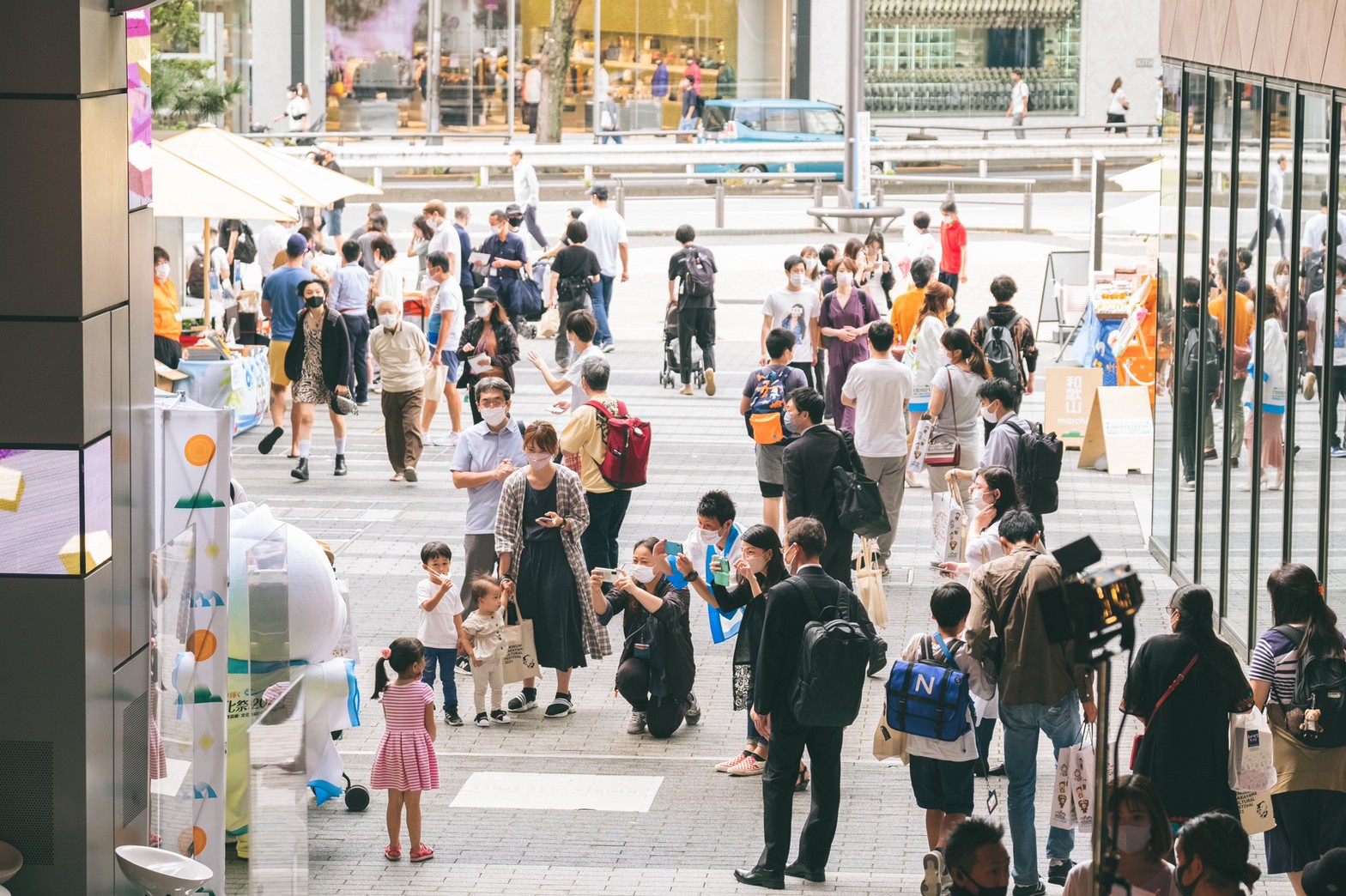
▼Program
Part 1 [Why Come to Wakayama? PR Showcase]
Presenters: Saki Hontani (Model / Special Influencer for Kinokuni Wakayama Culture Festival 2021), Owarai Sumitani (Wakayama-born Comedy Duo), Kii-chan (Wakayama Mascot)
Part 2 [How Local Towns Should Approach Tourism ~How to Blend Tourism, Shibuya, and Entertainment~]
Presenters: Alex Kerr (Writer), Hiroyo Koike (Secretary-General, Shibuya City Tourism Association), Geiko Motoyasu (Director of Industry, Tourism, and Culture, Shibuya City)
Part 3 [Gen Z from Harajuku and Shibuya Discuss Wakayama Ver.1]
Presenters: Yume Kawabata (Model), Mitsuki Hasegawa (Model), MIOCHIN (Model), Saki Hontani (Model / Special Influencer for Kinokuni Wakayama Culture Festival 2021)
Part 4 [Gen Z from Harajuku and Shibuya Discuss Wakayama Ver.2]
Presenters: Atarashii Gakko!! (Music Group), Alex Kerr (Writer), Martin (TV personality), Yuutarou (Model)
Wakayama Panda Mask Cover, Produced by ASOBISYSTEM and Distributed to Guests
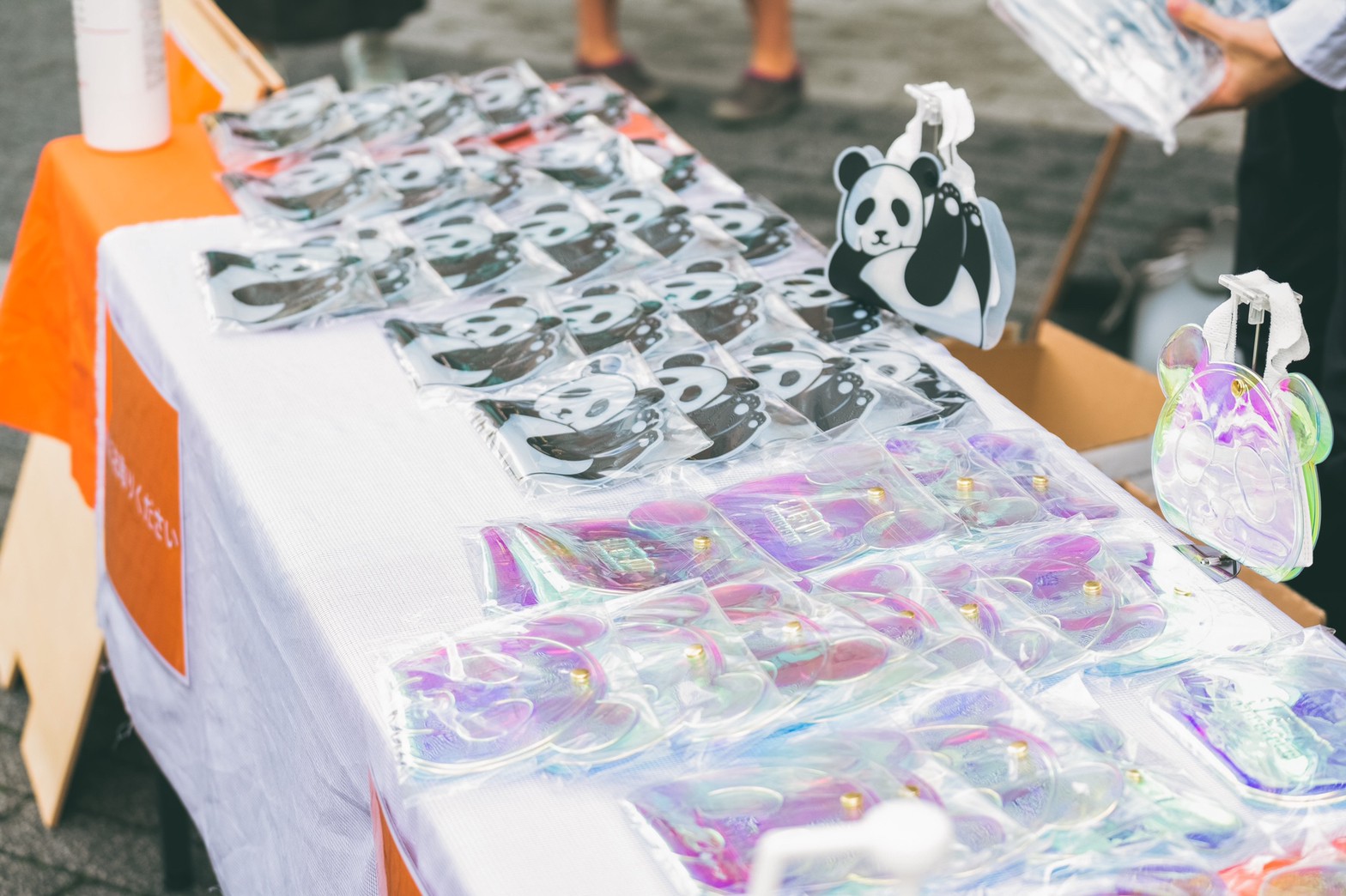
An original Wakayama Panda Mask Cover, produced by ASOBISYSTEM, was given to over 3,000 guests. Talent agency ASOBISYSTEM aims to promote Japanese pop culture worldwide and represents a number of popular artists, models, and creators, including Kyary Pamyu Pamyu and AMIAYA. With two available designs, TV personality Martin tweeted out images of the adorable creations. (https://twitter.com/martin_0406/status/1444163519696424963)
PR for on Giant Screens in Shibuya
The Kinokuni Wakayama Culture Festival 2021 in Shibuya was widely publicized around Shibuya on massive television screens.
Information
The Kinokuni Wakayama Culture Festival 2021 in Shibuya (Now Over)
Sponsored by the Agency for Cultural Affairs
Produced by Channel 47
Date: October 3, 2021 (12:00-17:00)
Location: Shibuya CAST, Tokyo
Attendees: Over 3,000 (30% men, 70% women)
Official Site: https://wakayamainshibuya.jp/
Official Twitter: https://twitter.com/wkym2021_sby
Official Instagram: https://www.instagram.com/wakayamainshibuya/
About the Kinokuni Wakayama Culture Festival 2021
The Kinokuni Wakayama Culture Festival 2021 combines the 36th Wakayama Culture Festival and the 21st Festival of Wakayama Art and Culture for the Disabled. The event will take place from October 31 to November 21, 2021, with a number of events happening in Wakayama City to showcase local culture.
The Kinokuni Wakayama Culture Festival 2021
Sponsors: The Agency for Cultural Affairs, the Ministry of Health, Labor, and Welfare, Wakayama Prefecture, Municipalities in Wakayama, the 36th Wakayama Culture Festival and 21st Festival of Wakayama Art and Culture for the Disabled Committee, Municipal Executive Committees, Cultural Organizations, Organizations for Those With Disabilities, etc.
Running: October 31 – November 21, 2021
Location: Wakayama City
Official Site: https://kinokuni-bunkasai2021.jp/
About Channel 47
Channel 47 is a project using the power of entertainment to share Japan and its local culture with the world. By getting popular celebrities and public figures involved, the company produces events and content that conveys the appeal of specific Japanese locales and customs to global audiences.
-
Shirahama Marriott in Wakayama to Offer Panda-Themed Getaway
13.October.2021 | SPOT
Adventure World, a zoo and theme park in Shirahama, Wakayama prefecture, is teaming up with the Nanki-Shirahama Marriott Hotel to celebrate the first birthday of baby panda Fuhin. This room plan will only be available from November 1, 2021, until March 31, 2022, and will include a fully themed room, an original mini-photo book of the panda’s growth to date, and plenty of other Fuhin amenities and goods!
Fuhin 1st Anniversary Room

Collaboration Burger ‘Marriott Panda Burger’
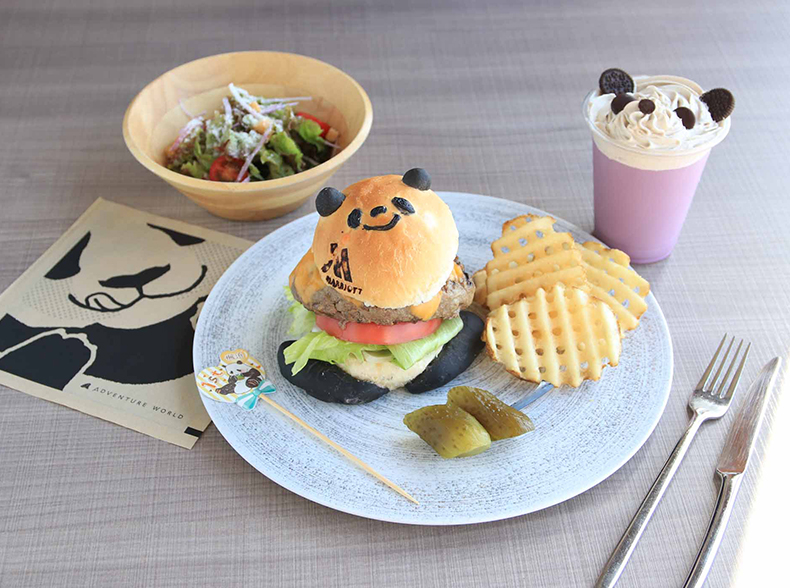
The Fuhin 1st Anniversary Room is a mixed Japanese-Western style room with an ocean view. The walls, blankets, and tatami are all covered in panda imagery, while portions of the room’s lighting are made from bamboo as a part of Adventure World’s quest to create more sustainable products. The special ‘COCOAR’ app will also allow guests to enjoy a moving photo frame featuring Guhin by holding their smartphone over the word ‘Fuhin’ on the wall.
The limited-time Marriott Panda Burger uses the same recipe as the normal burger, but with a panda-shaped bun created along with Adventure World staff. How would you like to come and celebrate Fuhin’s birthday beside the sea?
Your Favorite Panda Instagram Campaign
By taking a picture of one of the seven giant pandas at Adventure World (Eimei, Rauhin, Ouhin, Touhin, Yuhin, Saihin, Fuuhin) and posting it to Instagram with the two campaign hashtags (#推しパンダマリオット and #InsertFavoritePandasNameHere), 20 winners will be selected to receive special Adventure World goods!
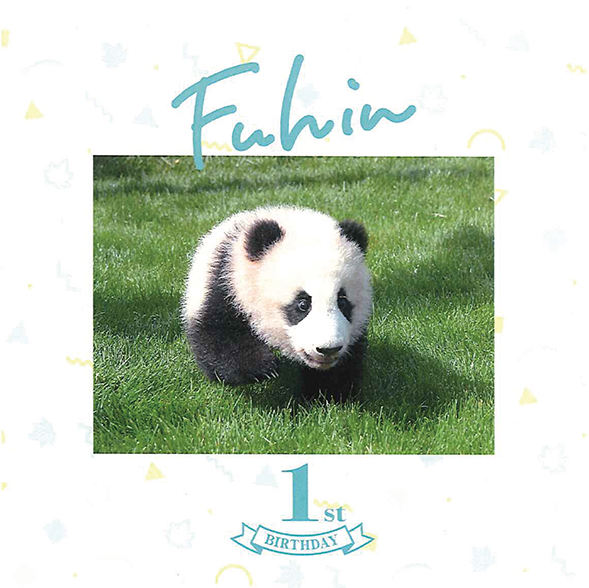
Information
Kaedehama 1st Anniversary Room Stay
Address: Nanki-Shirahama Marriott Hotel
Reservations Open October 6, 2021
Running: November 1, 2021 – March 31, 2022
Details: https://www.shirahama-marriott.com/special/panda/
Official Site: www.MarriottHotels.com
Marriott Panda Burger
Available Starting November 1, 2021
Price: ¥3,270
Where: Nanki-Shirahama Marriott Hotel Lounge
Your Favorite Panda Instagram Campaign
Running: November 1, 2021 – January 31, 2022
How to Enter:
① Install the Instagram App.
② Follow Adventure World (@adventureworld_official) and Nanki Shirahama Marriott Hotel (@nankishirahamamarriott).
③ Post a picture of your favorite panda along with the hashtag MyFavoritePandaMarriott (#推しパンダマリオット) and the second hashtag including your favorite’s name along with a picture of your favorite panda!
The winners will be announced on the official Nanki-Shirahama Marriott Hotel Instagram page in February 2022.
-
Wakayama Culture Festival 2021 Coming to Shibuya
ASOBISYSTEM, in cooperation with the Agency for Cultural Affairs, will hold the Kinokuni Wakayama Culture Festival 2021 in Shibuya on October 3, 2021. The event will be free to attend, and will take place at Shibuya CAST, a modern commercial facility located between Shibuya and Harajuku.
The Kinokuni Wakayama Culture Festival 2021, taking place in Wakayama Prefecture from October 30 to November 21, is the one of the largest cultural festival in Japan. This event will bring many popular presentations and goods from Wakayama to Shibuya, allowing Tokyo residents to experience some of the beauty and traditions of this area of the Kansai region. A number of celebrity guests will be in attendance, and local Wakayama goods will be on sale. Measures will be taken during the event to prevent the spread of COVID-19.
Promoting the Wakayama Culture Festival Throughout Shibuya!
In a special collaboration with SHIBUYA TELEVISION, the largest media outlet in the Shibuya area, a promotional video produced in Wakayama Prefecture will be aired on eight large screens in the Shibuya area from September 27 to October 3. Select restaurants in Shibuya will also serve dishes featuring ingredients from Wakayama for a limited time.
Get the Wakayama Panda Mask Cover for Attending!
An original Wakayama Panda Mask Cover, produced by ASOBISYSTEM, will be given to visitors on the day of the event. *Quantity limited.

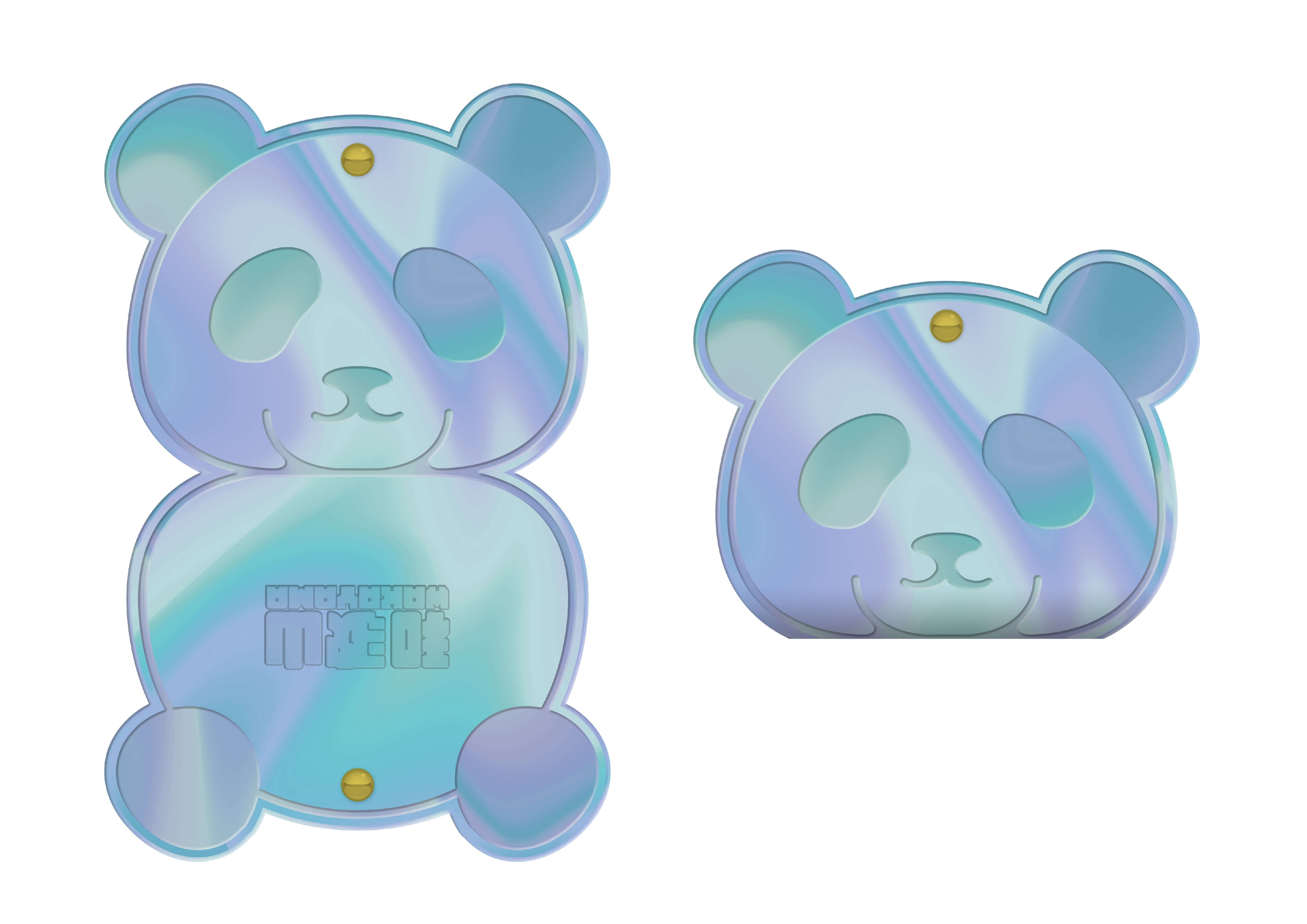
If you’re in the Tokyo area, be sure to come out to this special event where you can experience the charm of Wakayama!
Information
Kinokuni Wakayama Culture Festival 2021 in Shibuya
When: October 3, 11:00-17:00
Where: Shibuya CAST. (1-23-21, Shibuya, Shibuya-ku, Tokyo)
Entry: Free
Content: Wakayama Product Market / Stage Show, etc.
Guests: To Be Announced
Organized by: Agency for Cultural Affairs
Planning: ASOBISYSTEM / Channel 47Twitter: https://twitter.com/wkym2021_sby
* In order to prevent the spread of COVID-19, the event may be subject to admission restrictions, changes in content, or performance cancellations.
-
Shiraraso Grand Hotel Announces Traditional Japanese Candle-Making Experience For Guests
As part of the global Sustainable Development Goals (SDGs) project, Shiraraso Grand Hotel is offering a new experience for guests to create shades for warosoku traditional Japanese candles from July 7 to August 31.
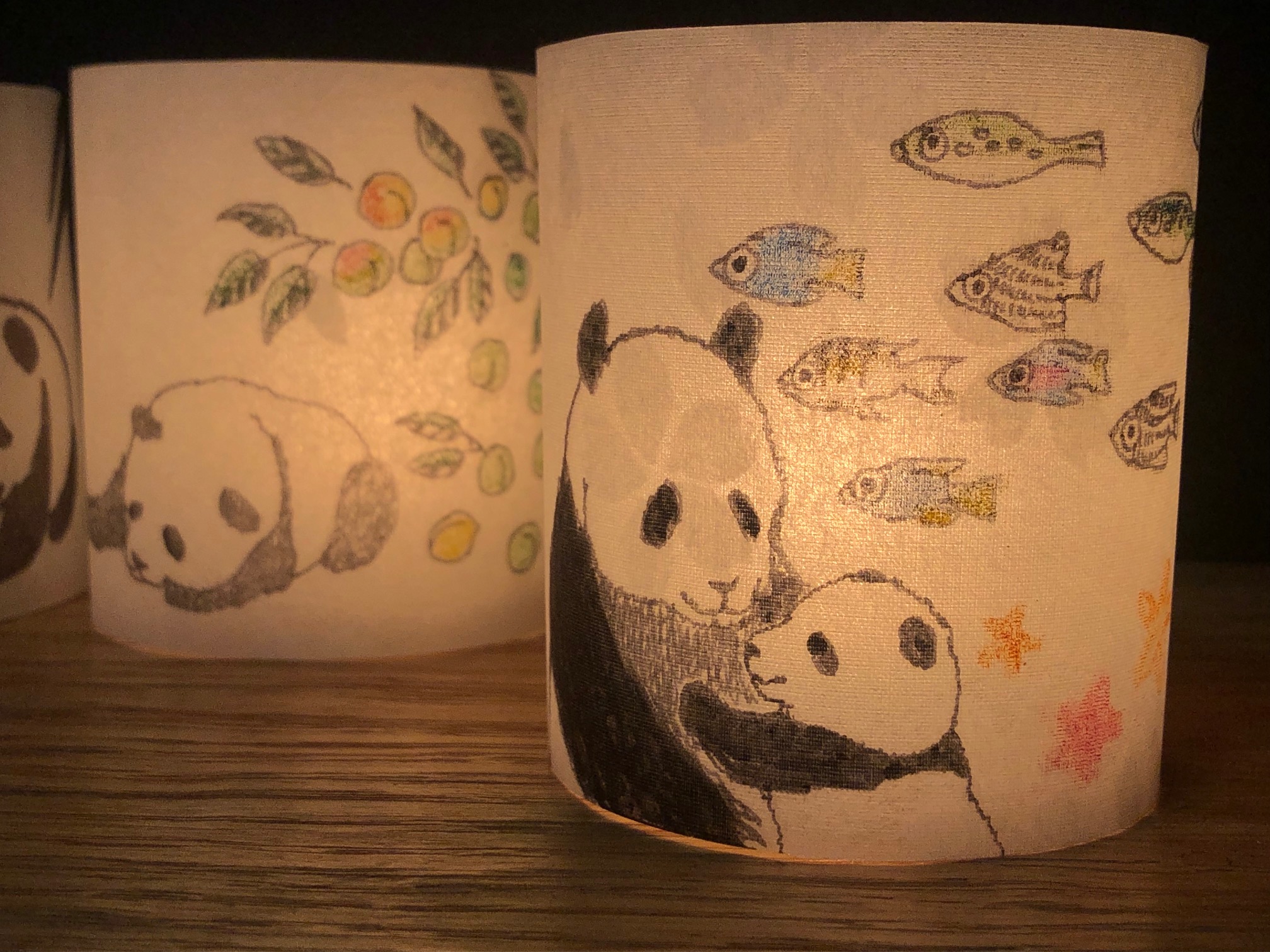
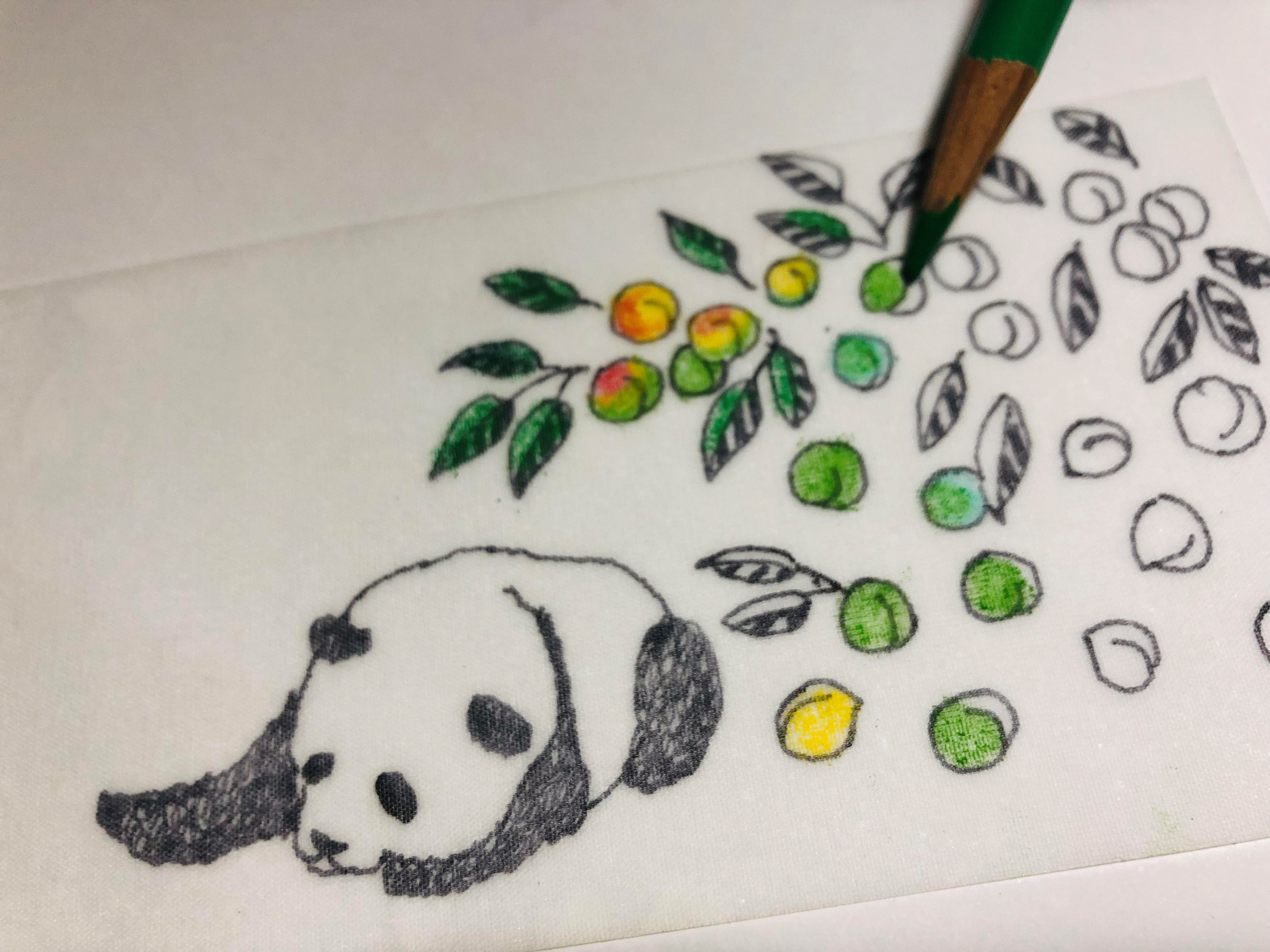
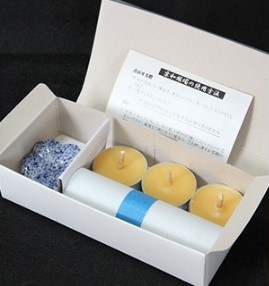
Warosoku aren’t made with ordinary wax, they’re produced from plant-derived Japanese wax. Wakayama was once the biggest producer of this wax. Guests at the hotel will ghet to make their own shade decorations for these candles using decorations like the sea, food, hot springs, and panda.
The hotel is also offering free panda bookmarks to those who post a photo of their shade on Instagram, Twitter, or Instagram with the Japanese hashtag #白良荘グランドホテル.
Information
Warosoku Shade Decoration Experience
Running: July 7, 2021 – August 31, 2021Time: 14:00-21:00
Price: ¥2,000 for one set
Instagram: https://www.instagram.com/shiraraso_grand_hotel/(@shiraraso_grand_hotel)
Twitter: https://twitter.com/shiraraso_GH (@shiraraso_GH)
Facebook: https://www.facebook.com/shiraraso (@shiraraso)Official Website: https://shiraraso.co.jp/
-
KYARY PAMYU PAMYU meets IMABARI: A Visit to the Historical Sea Route
Imabari is a city in Ehime Prefecture that faces the Seto Inland Sea. Since olden times, it has flourished as an important location for marine traffic. It’s home to a bounty of recognised national treasures and historical heritage sights, and is also famous for its production of citrus fruits such as mikan. Japanese pop star, model, and icon Kyary Pamyu Pamyu took a trip to this ancient city to discover its wonder and beauty.
A Visit to the Historical Sea Route
Oyamazumi Shrine
A ‘power spot’ revered by prominent people
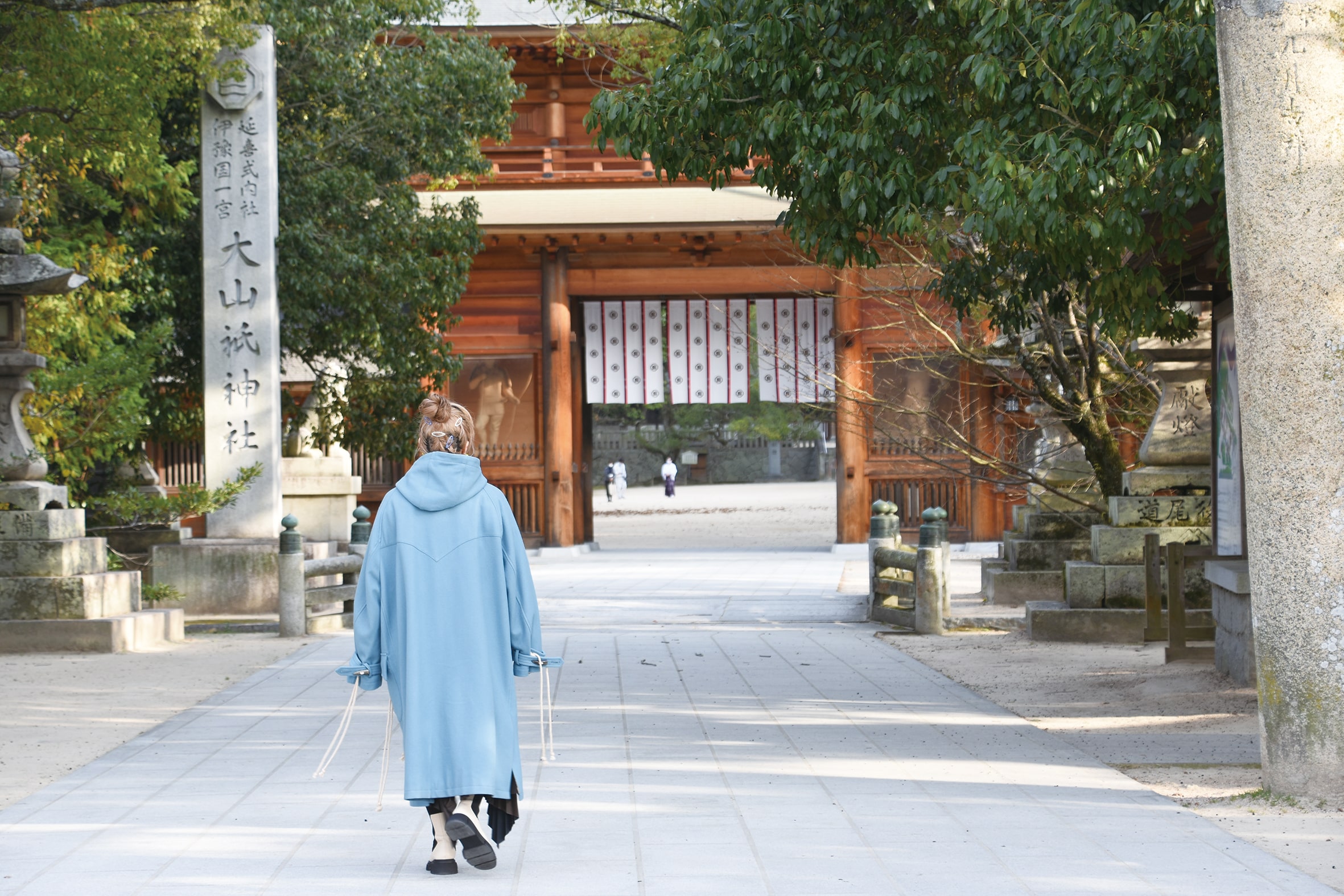
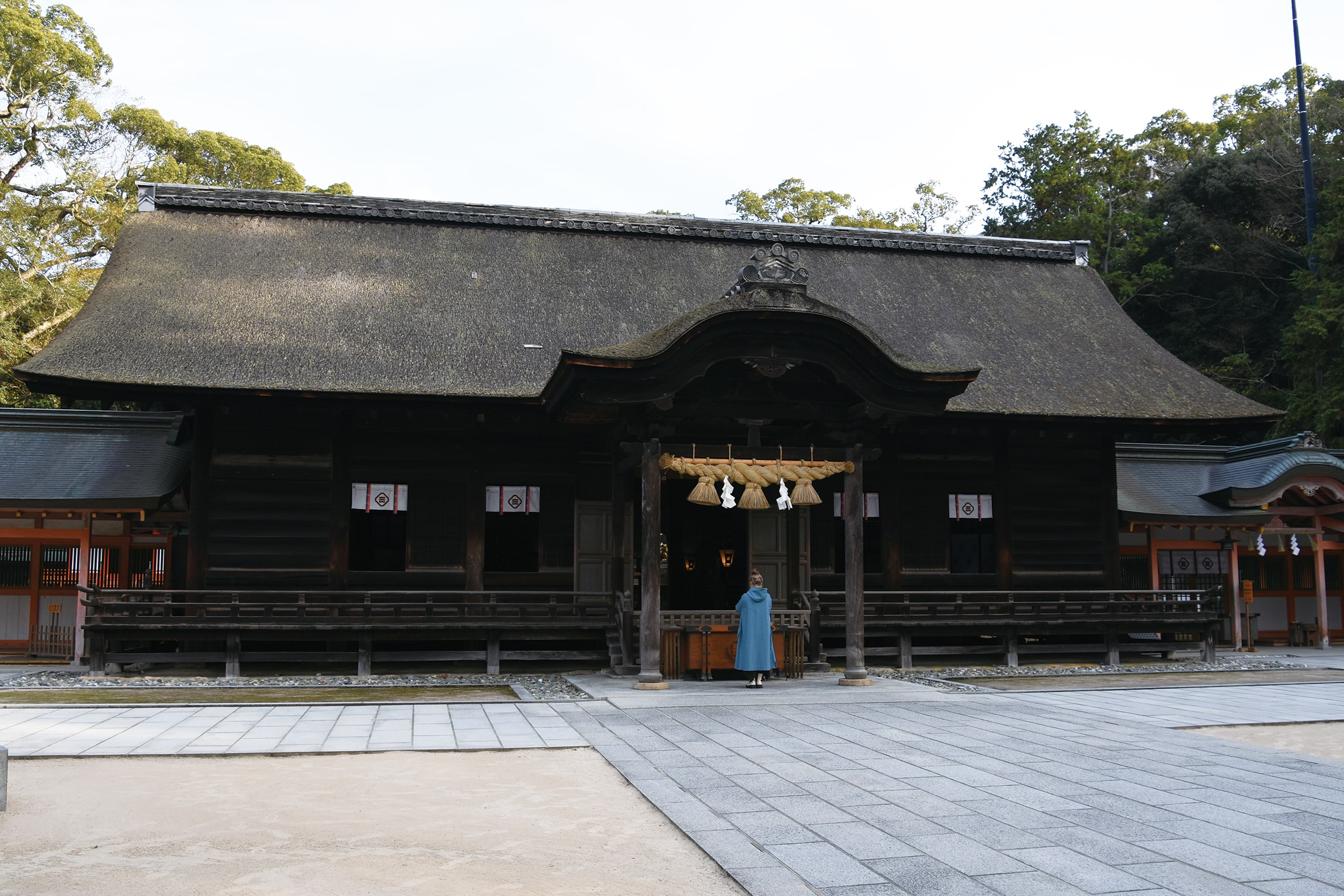
Oyamazumi Shrine has been revered by prominent figures throughout history as a place dedicated to the god of the mountain, god of the ocean, and the god of war. It’s home to numerous Important Cultural Properties which are available for viewing by the public such as the armour worn by the military commander Minamoto no Yoshitsune when the Minamoto clan won the Genpei War (1180-1185), armour worn by women, and more. The shrine is also a notable power spot for the ancient tree that has stood there for 2,600 years and is now recognised as a natural monument of Japan. Power spots are places in Japan where the spiritually-inclined draw energy from.
Information
Oyamazumi Shrine
Address: 3327 Omishimacho Miyaura, Imabari, Ehime 794-1393, Japan
TEL: 0897-82-0032
Opening Hours: Sunrise to 17:00
National Treasure Building: 8:30-17:00 (Last Entries 16:30)
Official Website: https://oomishimagu.jp/
Kurushima Kaikyo Service Area
Lip-smacking food aplenty
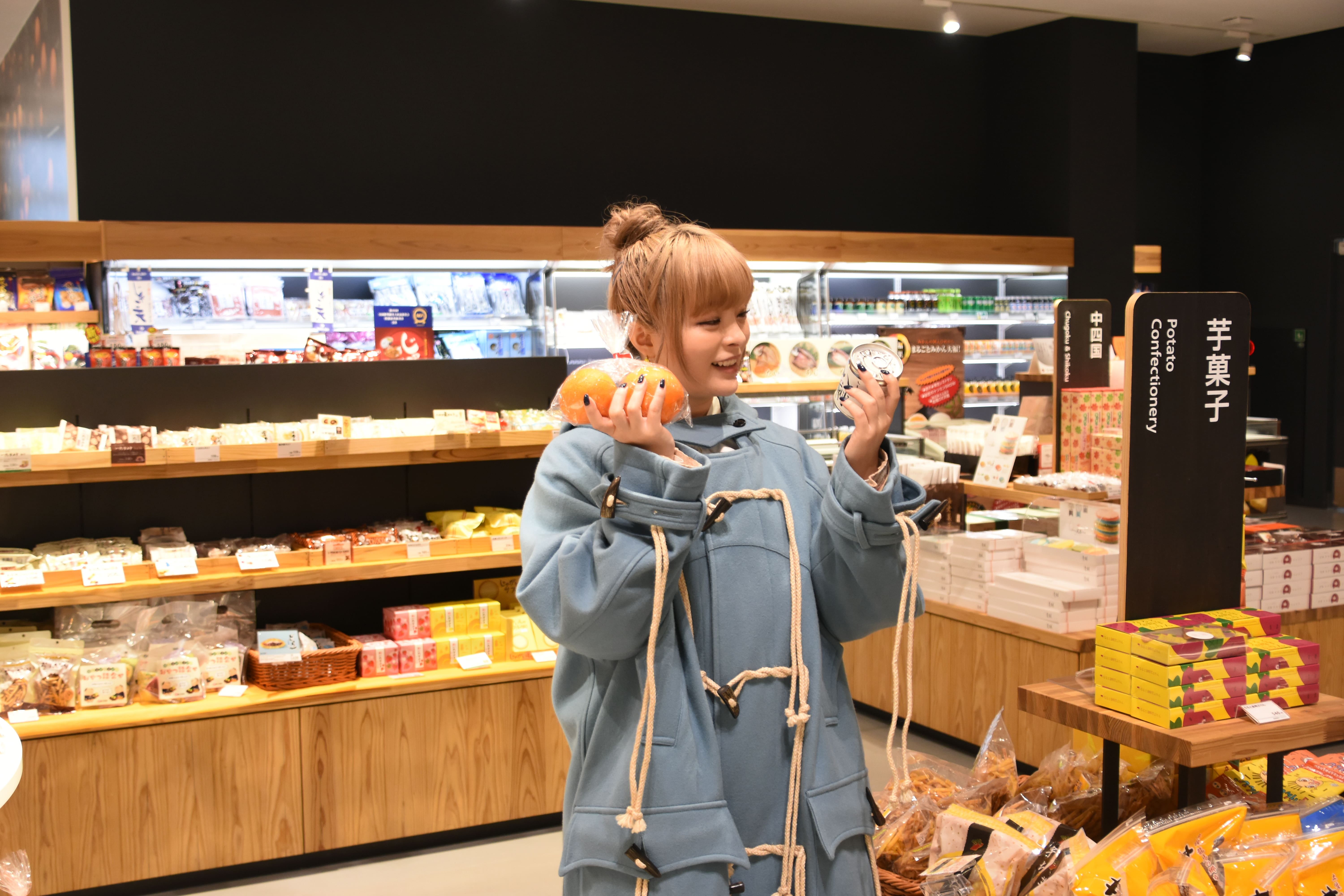
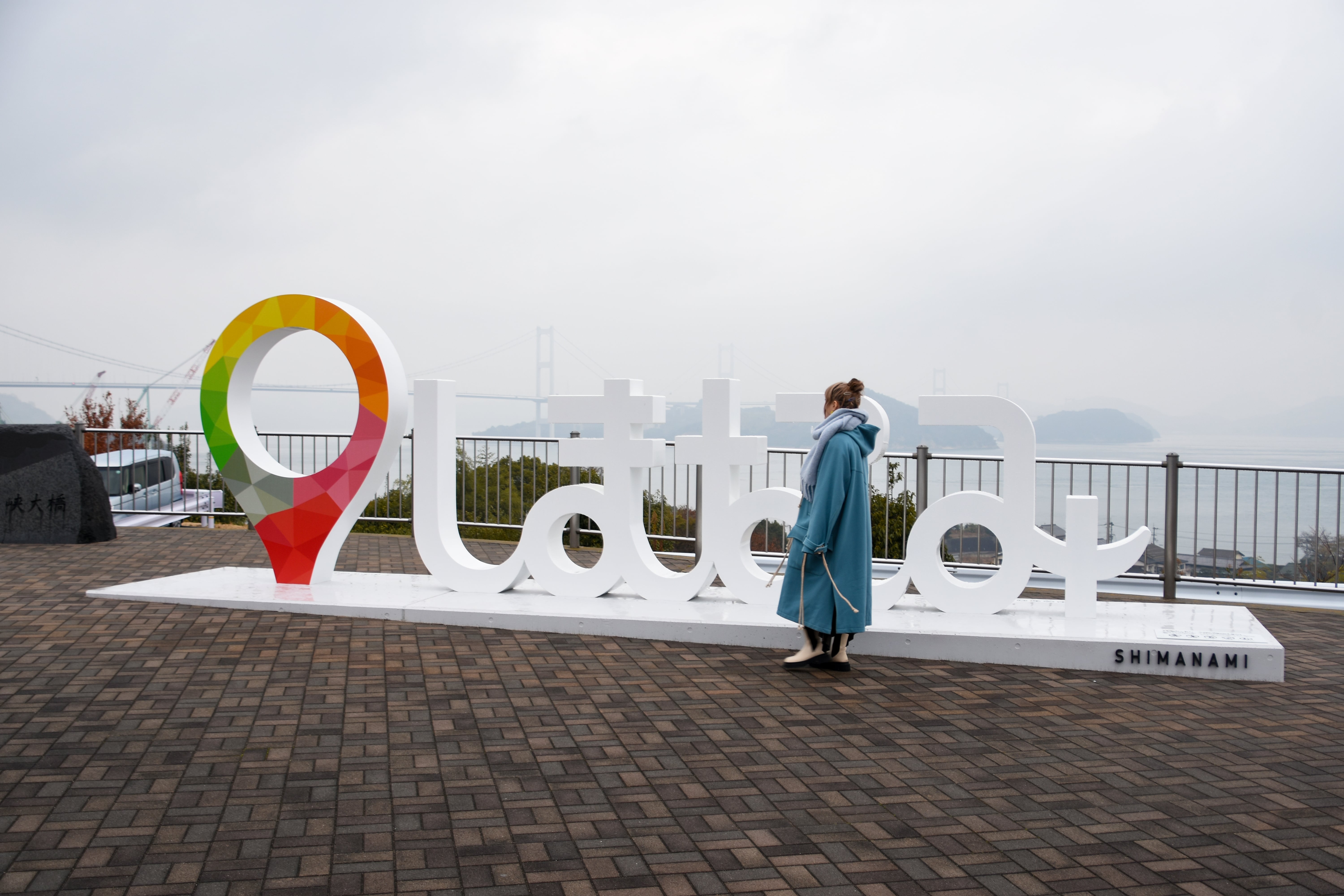
If you’re one for great views, then the Kurushima Kaikyo service area is a must-visit, offering a panoramic look at the Kurushima Strait of the Seto Inland Sea. The service area is very well know particularly for the Jaguchi Mikan Juice, something of a city legend in Ehime where you can enjoy fresh mikan juice straight from a tap. You can also tuck a rice bowl dish made with tachiuo hairtail caught in the Seto Inland Sea that’s made to look like Kurushima Kaikyō Bridge, or try Imabari’s soul food dish: the Imabari Yakibuta Tamago Meshi, a pork, egg, and rice bowl. Don’t pass up the chance to snap a photo at the designated photo spot with the Seto Inland Sea in the back either like Kyary above.
Information
Kurushima Kaikyo Service Area
Address: 3-9-68 Ohamacho, Imabari, Ehime, 794-0002, Japan
Food Court: [Weekdays] 8:00-21:00 / [Weekends & Holidays] 7:00-22:00
Shops: [Weekdays] 8:00-21:00 / [Weekends & Holidays] 7:00-22:00
Outside Shopping Area & Cafes: [Weekdays] 9:00-17:00 / [Weekends & Holidays] 9:00-18:00
Official Website: https://www.jb-highway.co.jp/sapa/kurushima.php
Murakami Suigun Museum
Dedicated to the Imabari heroes who protected the ocean
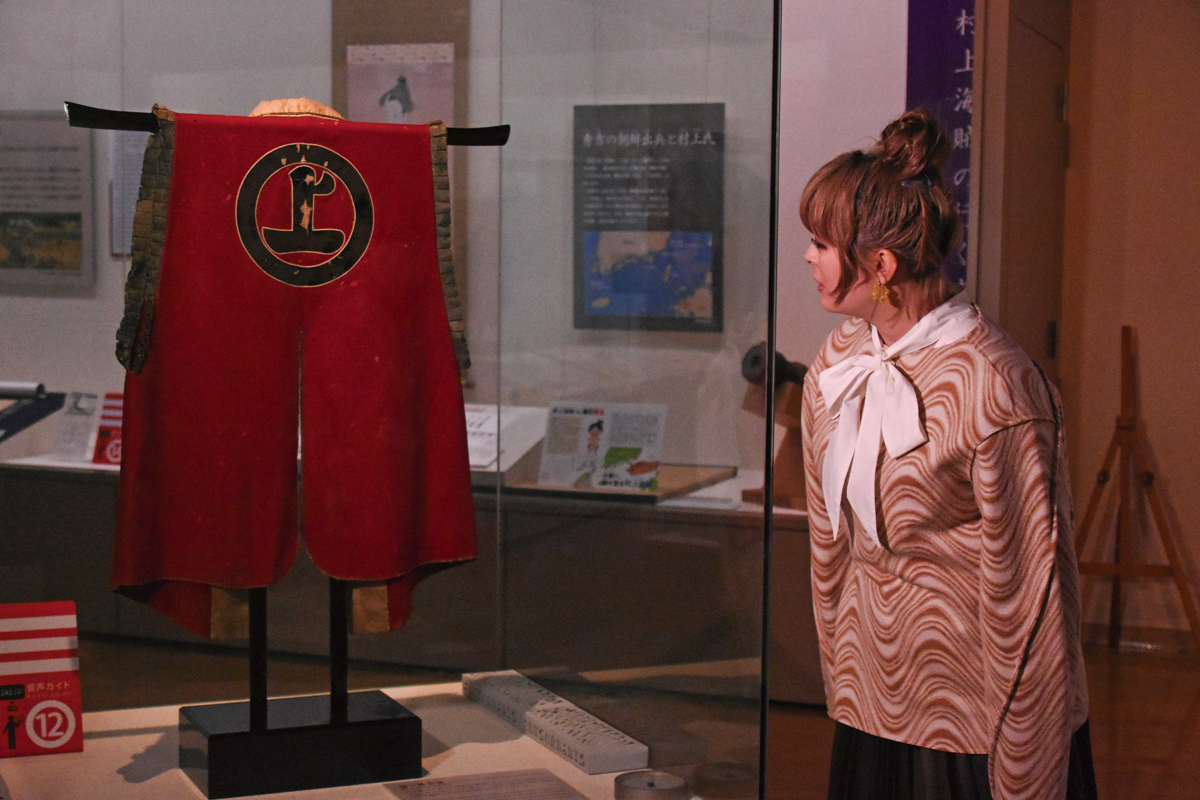
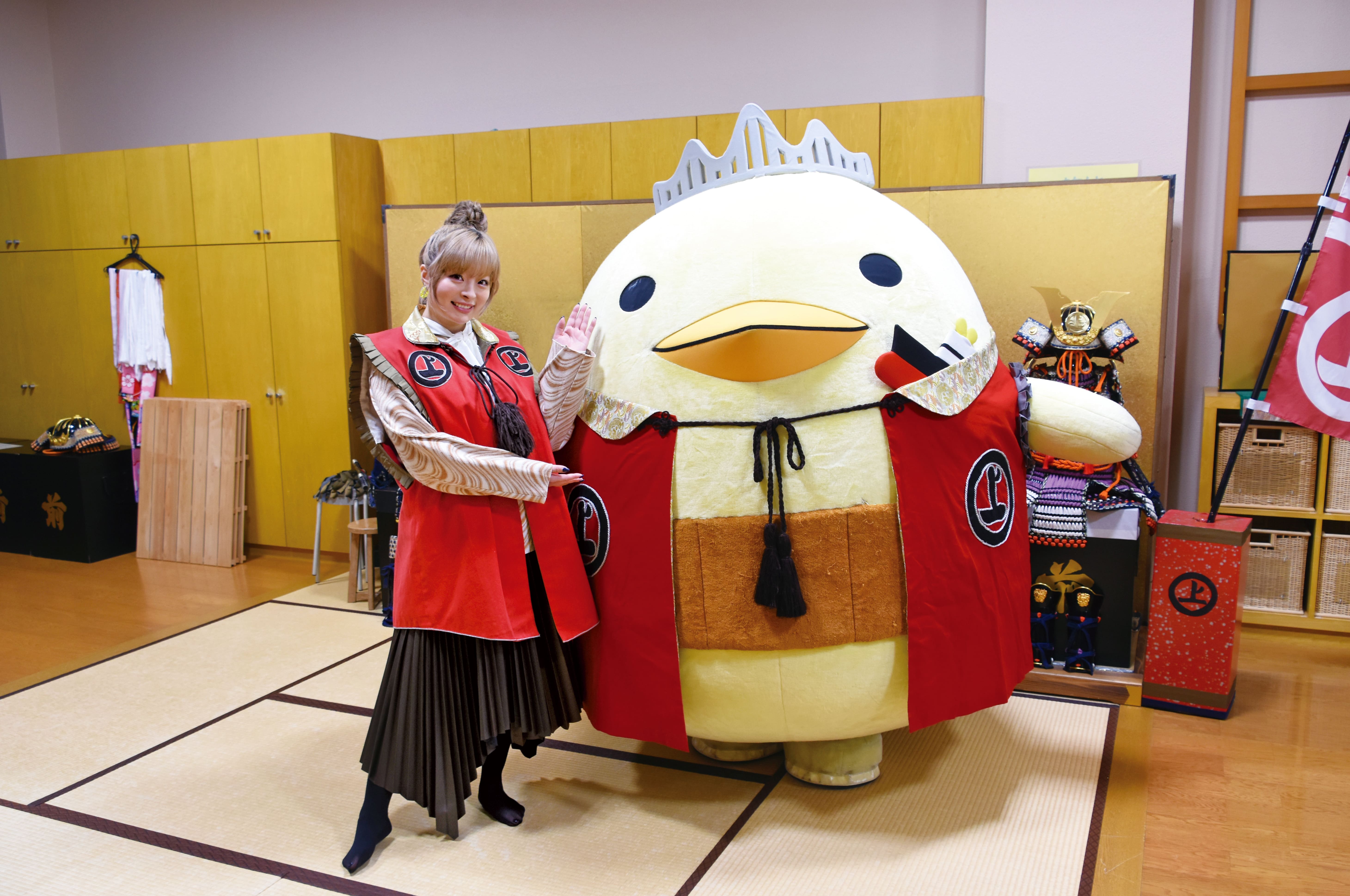
Murakami Suigun Museum is dedicated to kaizoku—pirates, or lords of the sea—something which conjures to mind villainy or bad guys, but the Murakami pirates were also considered heroes who helped maintain order and protect the sea during the Sengoku warring period of Japan. The museum features many displays of Murakami family treasures including the battle surcoat which the pirate leader wore over his armour, proudly bearing the Murakami family crest. Visitors can wear replicas of this coat, which Kyary tired herself: “Now I’m sorta like a military commander too,” she said.
Information
Murakami Suigun Museum
Address: 1285 Miyakubocho Miyakubo, Imabari, Ehime 794-2203, Japan
TEL: 0897-74-1065Opening Hours: 9:00-17:00
Closed: Mondays (or Tuesday if the Monday falls on a public holiday) / New Year Holidays (Dec 29-Jan 3)
Official Website: https://www.city.imabari.ehime.jp/museum/suigun/
Roadside Station Yoshiumi Iki-iki-kan
A bundle of fun and entertainment in one place
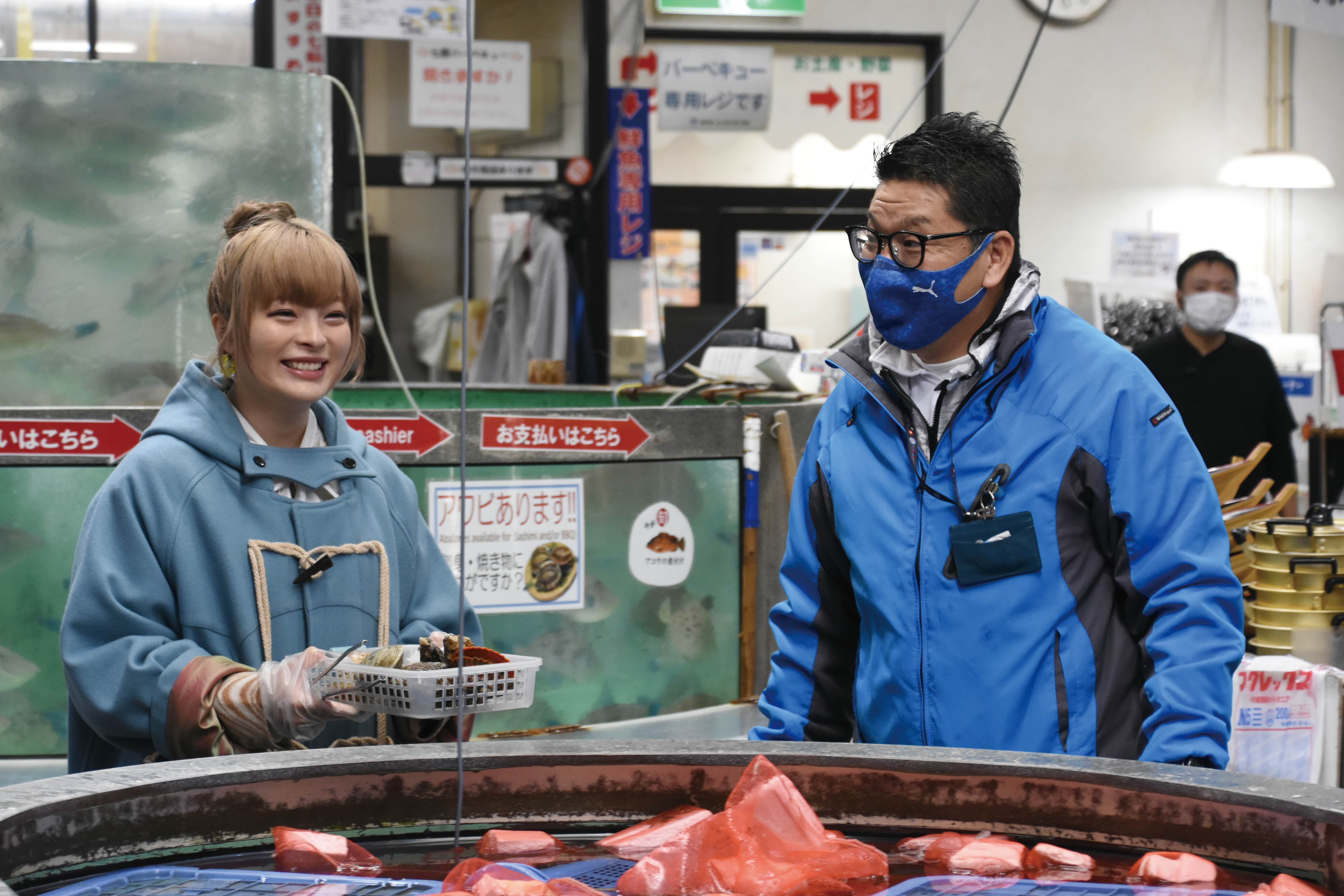
Roll on up to Roadside Station Yoshiumi Iki-iki-kan to enjoy a shichirin BBQ feast with fresh seafood caught in the Seto Inland Sea while gazing out across Kurushima Kaikyo. This building complex serves as a resting spot and is also the perfect place to purchase local souvenirs including Ehime specialty products. It’s also famous for its offering the chance to board a boat to ride around Kurushima Kaikyo, renting out bicycles, and more. You’ll also be able to meet Koro-chan, a popular fish who has lived there for 30 years.
Information
Roadside Station Yoshiumi Iki-iki-kan
Address: 4520-2 Yoshiumichomyo, Imabari, Ehime 794-2114, Japan
TEL: 0897-84-3710
Opening Hours: 9:00-17:00
Restaurant: 10:00-16:00 (Last Orders 15:00)
Closed: New Year’s Day (and certain days in winter)
Official Website: http://www.imabari-shimanami.jp/ikiiki/
Dolphin Farm Shimanami
Meet the cute and friendly dolphins
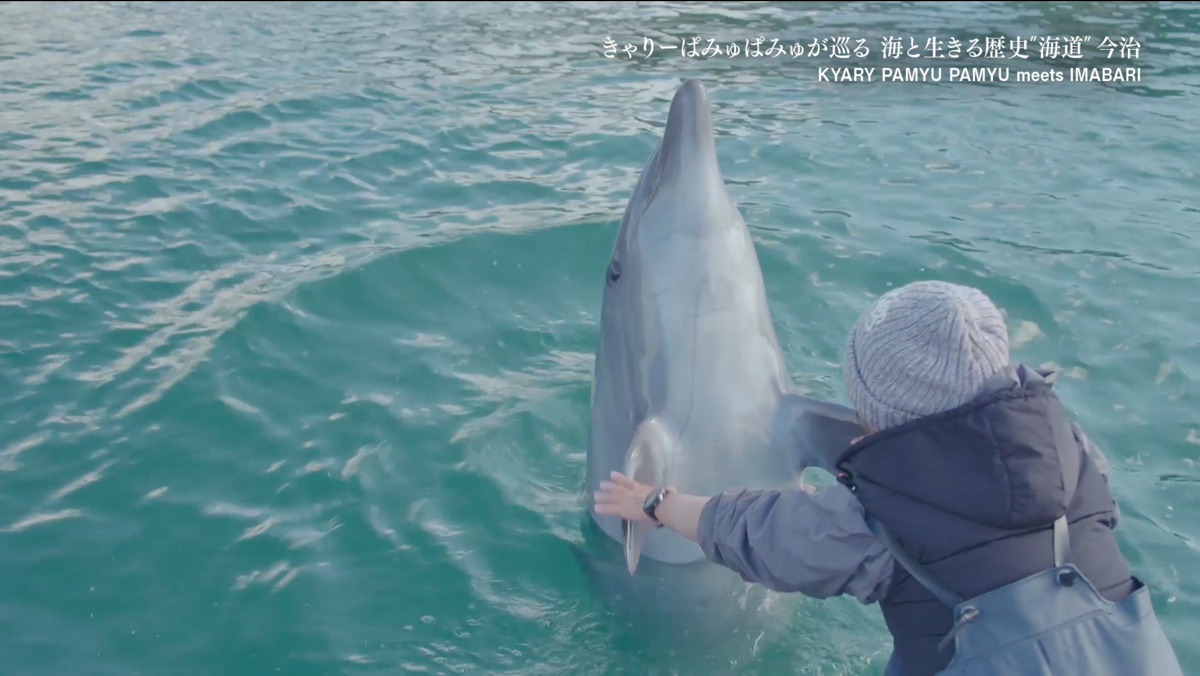
Dolphin Farm Shimanami, which is connected to Hakata Beach, is the best and biggest place in Japan to interact with dolphins. Visitors can get close to them and the dolphins will show off their tricks and skills. There’s even a car camping area you can stay at.
Information
Dolphin Farm Shimanami
Address: 1673 Hakatacho Kanoura, Imabari, Ehime 794-2302, Japan
TEL: 0897-72-8787
Opening Hours: 9:00-17:00
Closed: On days with bad weath
Official Website: https://www.df-shimanami.com/
Hakata Beach
A white sandy beach rolling out 200-meters
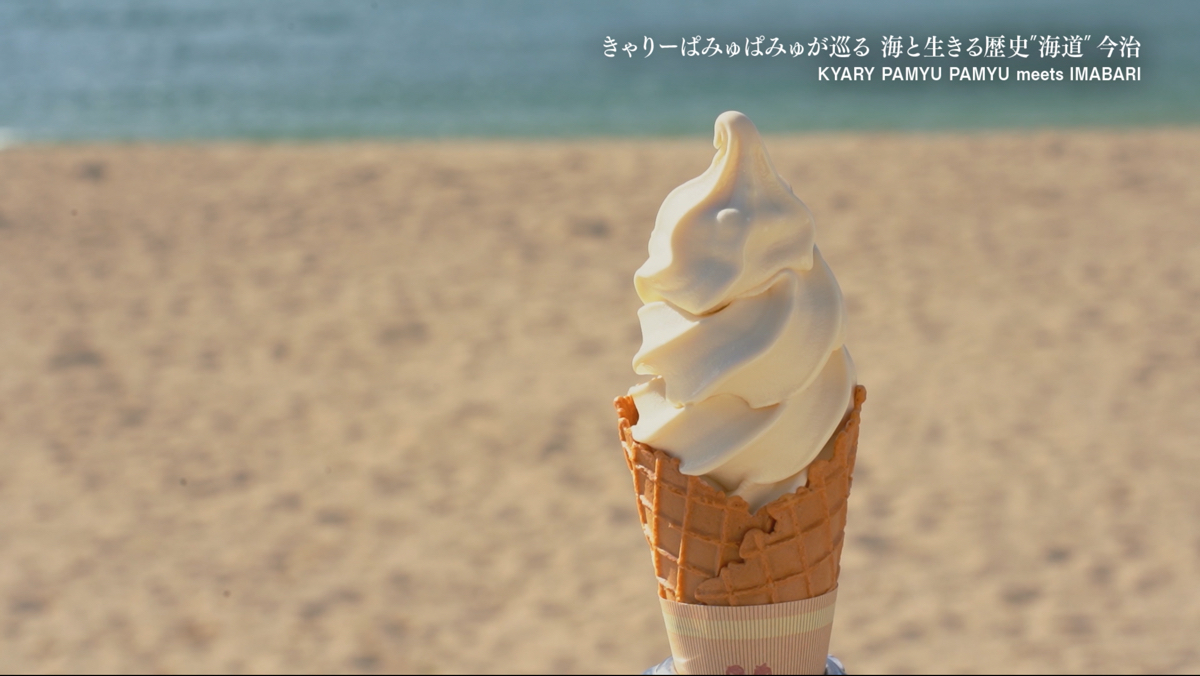
Hakata Beach is located at the base of Oshima Bridge in Hakata. The beach is famous for its salt which is best tried on their popular sweet-tasting sea salt ice cream.
Information
Hakata Beach
Address: 1668-1 Hakatacho Kanoura, Imabari, Ehime 794-2302, Japan
Sea Bathing: Early July – Late August
Official Website: https://www.city.imabari.ehime.jp/kanko/spot/?a=198
Imabari Towels
High quality towels woven with tradition and technique
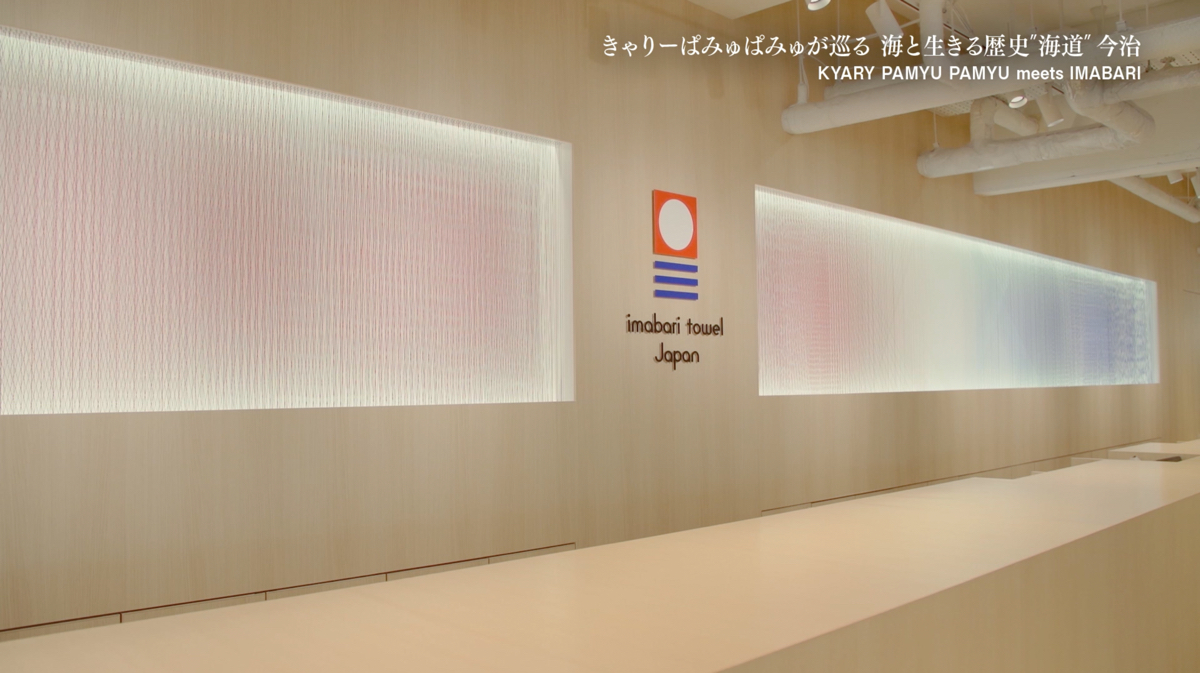
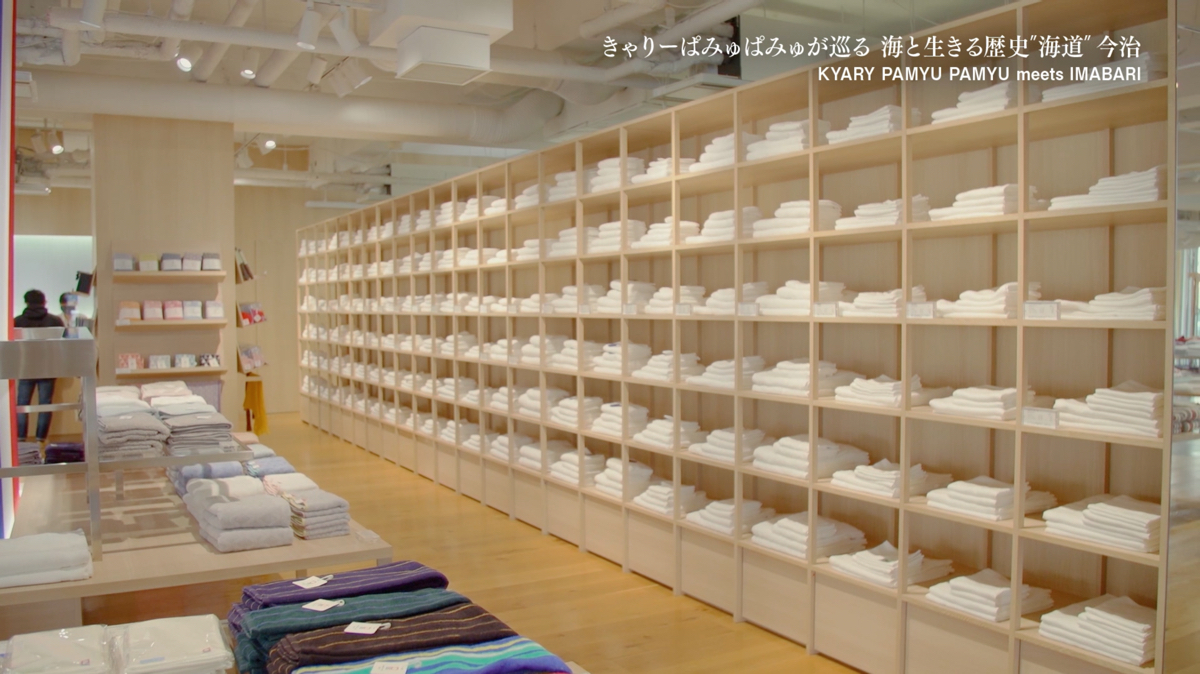
Imabari is the biggest producer of towels in Japan. Even their white towels alone have countless types you can choose from, allowing you to pick which level of softness and comfort you want. The iconic brand logo is also impactful, capturing the quality, production, and enthusiasm that the makes have for the product. Kyary herself uses them all the time!
Information
Imabari Towel
Official Website: https://www.imabaritowel.jp/
Sunrise Itoyama
Need a bike?
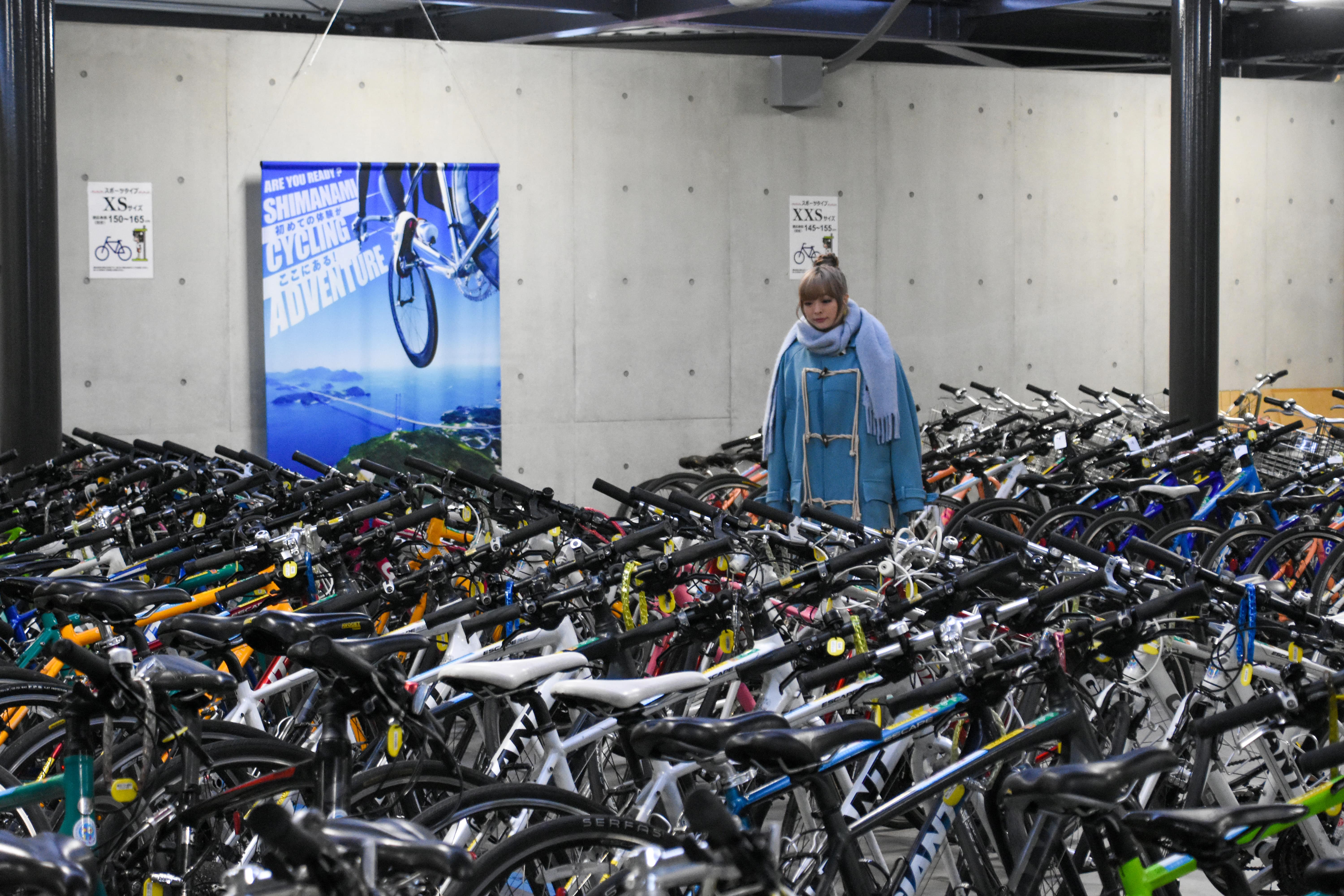
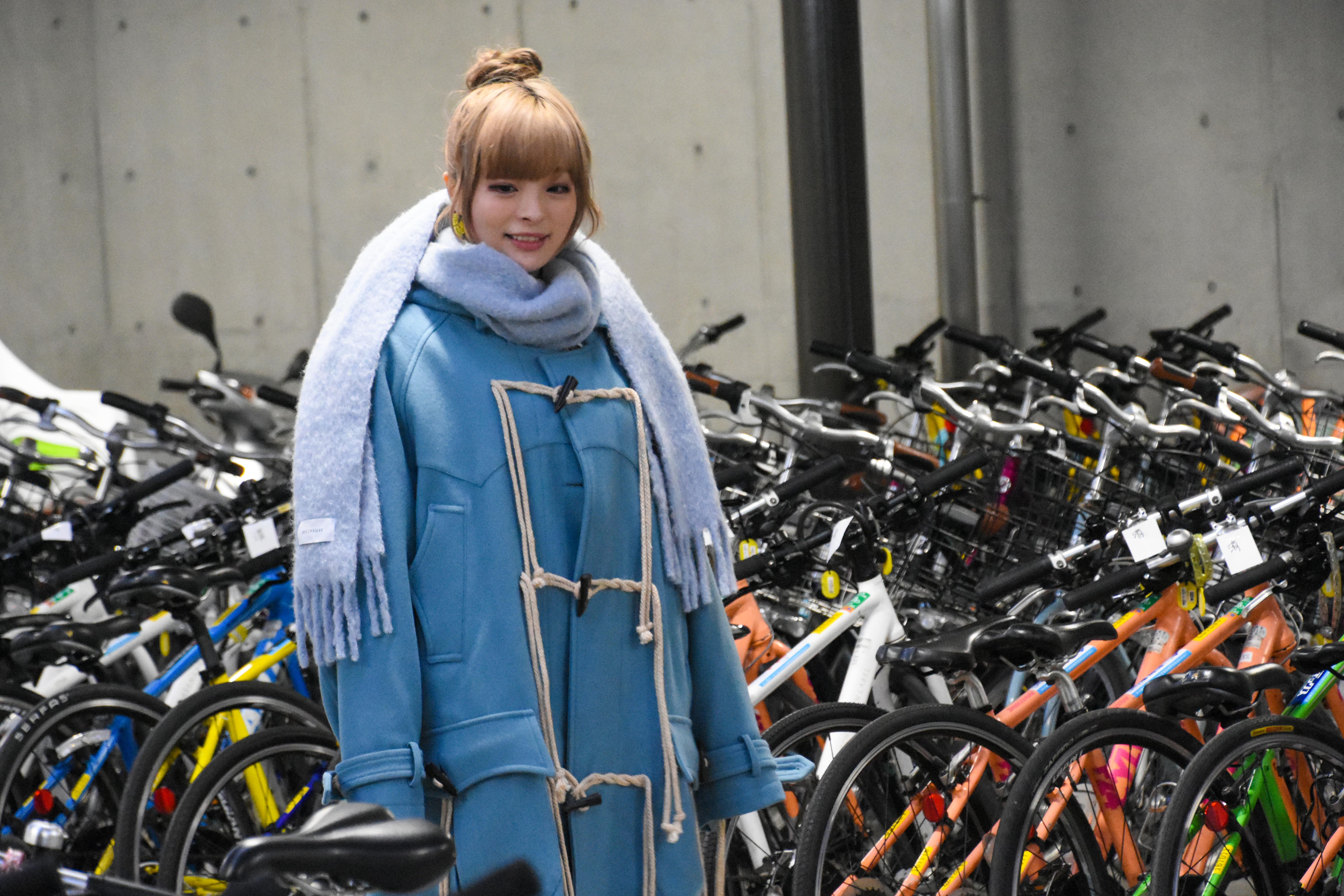
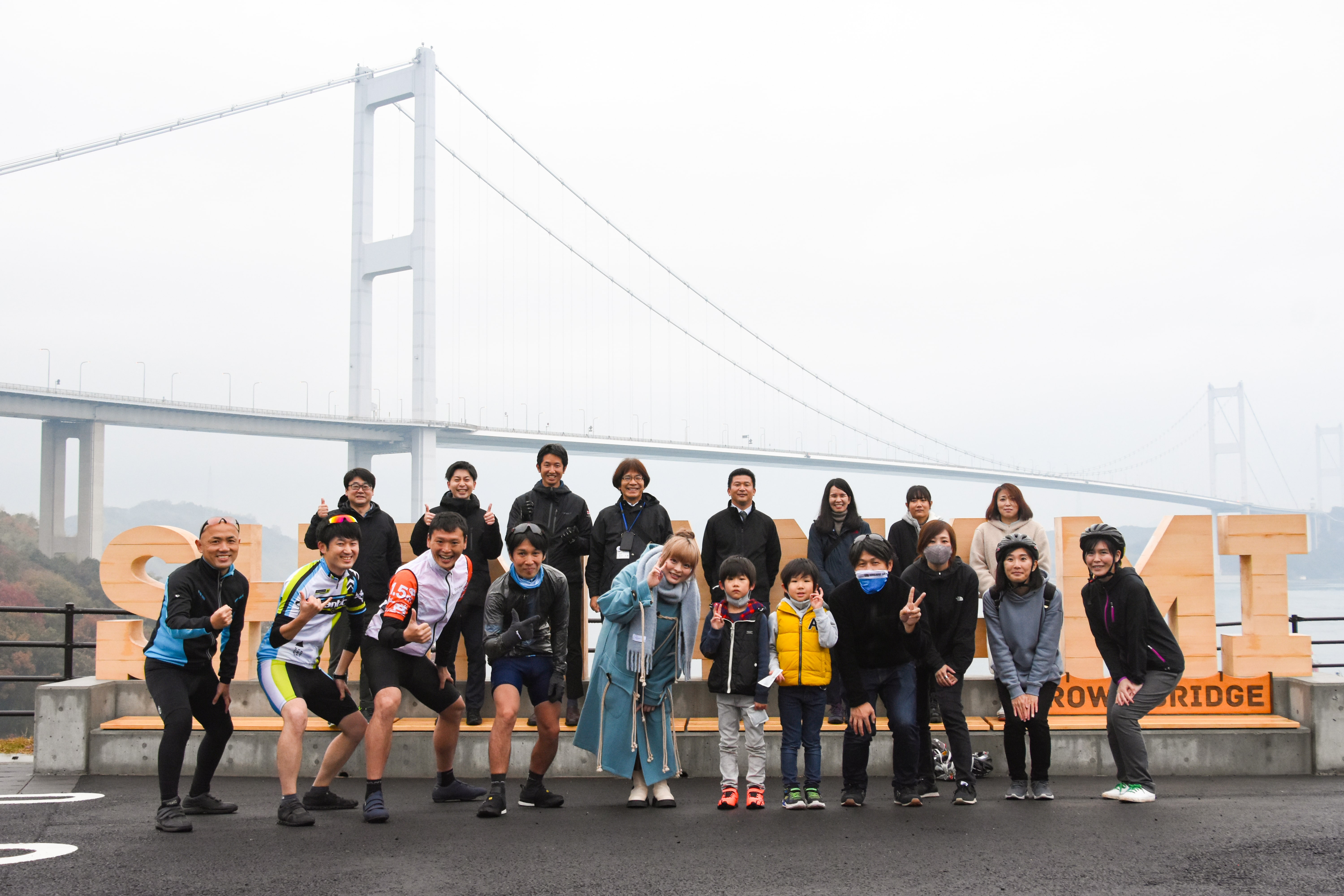
Sunrise Itoyama, located in the Imabari Central Cycling Terminal, is a rental bicycle service that has bikes and helmets for everyone’s needs. Rent out a bike and ride the Shimanami Sea Route which connects Ehime and Hiroshima with a series of bridges that hop across the islands of the Seto Inland Sea.
Information
Sunrise Itoyama
Address: 2-8-1 Sunabacho, Imabari, Ehime 794-0001, Japan
TEL: 0898-41-3196
Rent-a-Cycle Details: https://www.sunrise-itoyama.jp/archives/rentacycle/
Official Website: https://www.sunrise-itoyama.jp/
Marutomi
The famous restaurant known to every local
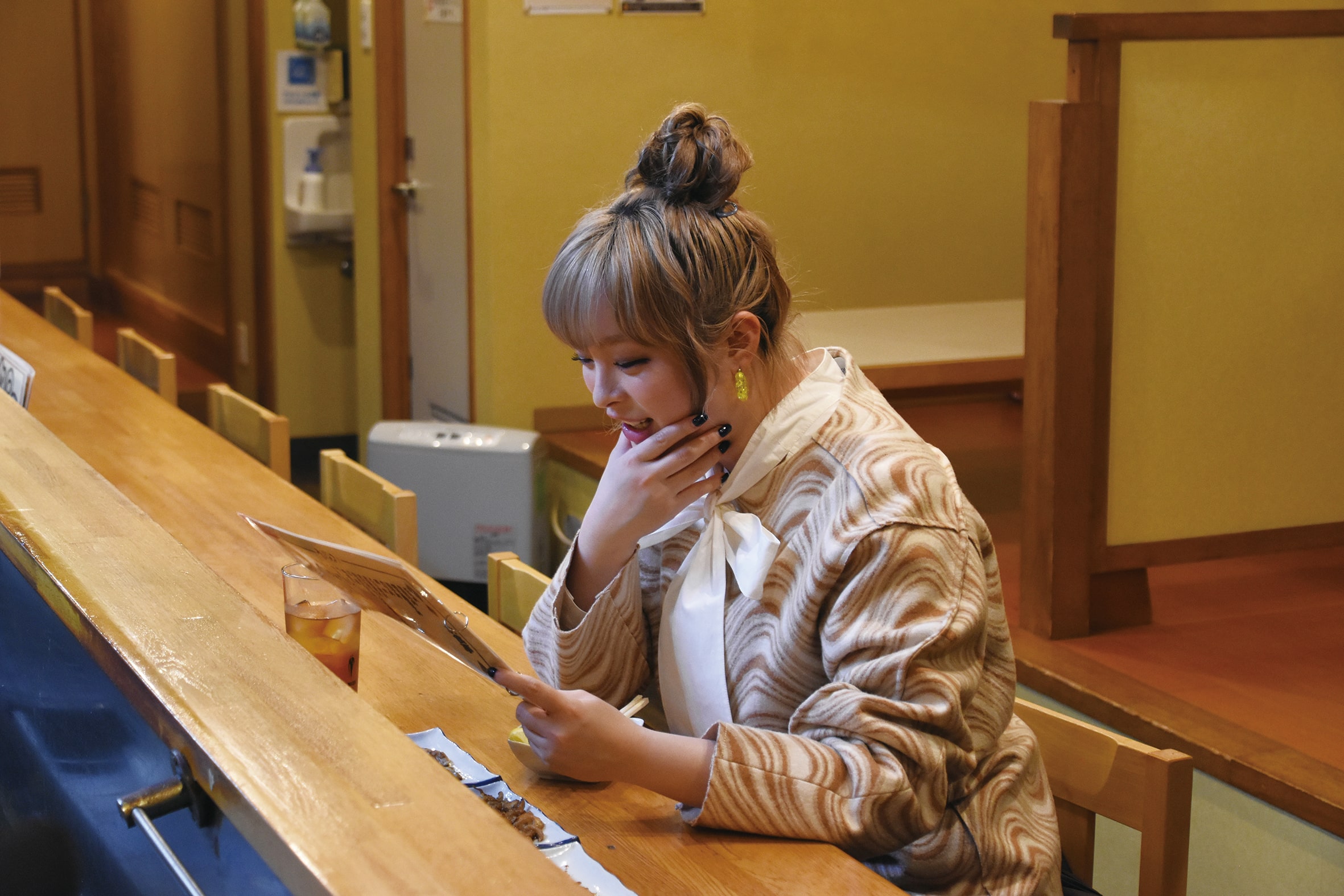
If you want the real experience of Imabari’s yakitori soul food, you should visit Marutomi, a yakitori eatery. Imabari yakitori is different from the usual Japanese yakitori as it doesn’t come skewered. Instead, the chicken is cut into small pieces and fried that way. One of the most popular ways to have it is with the skin on so the outside is crunchy and the inside succulent. It goes perfect with a cup of sake too.
Information
Marutomi
2-3-6 Katayama, Imabari, Ehime 794-0063, Japan
TEL: 0898-23-2740
Opening Hours: 17:30-22:00
Closed: Wednesdays
Official Website: https://maru-marutomi.jp/
Imabari Castle
A castle by the sea
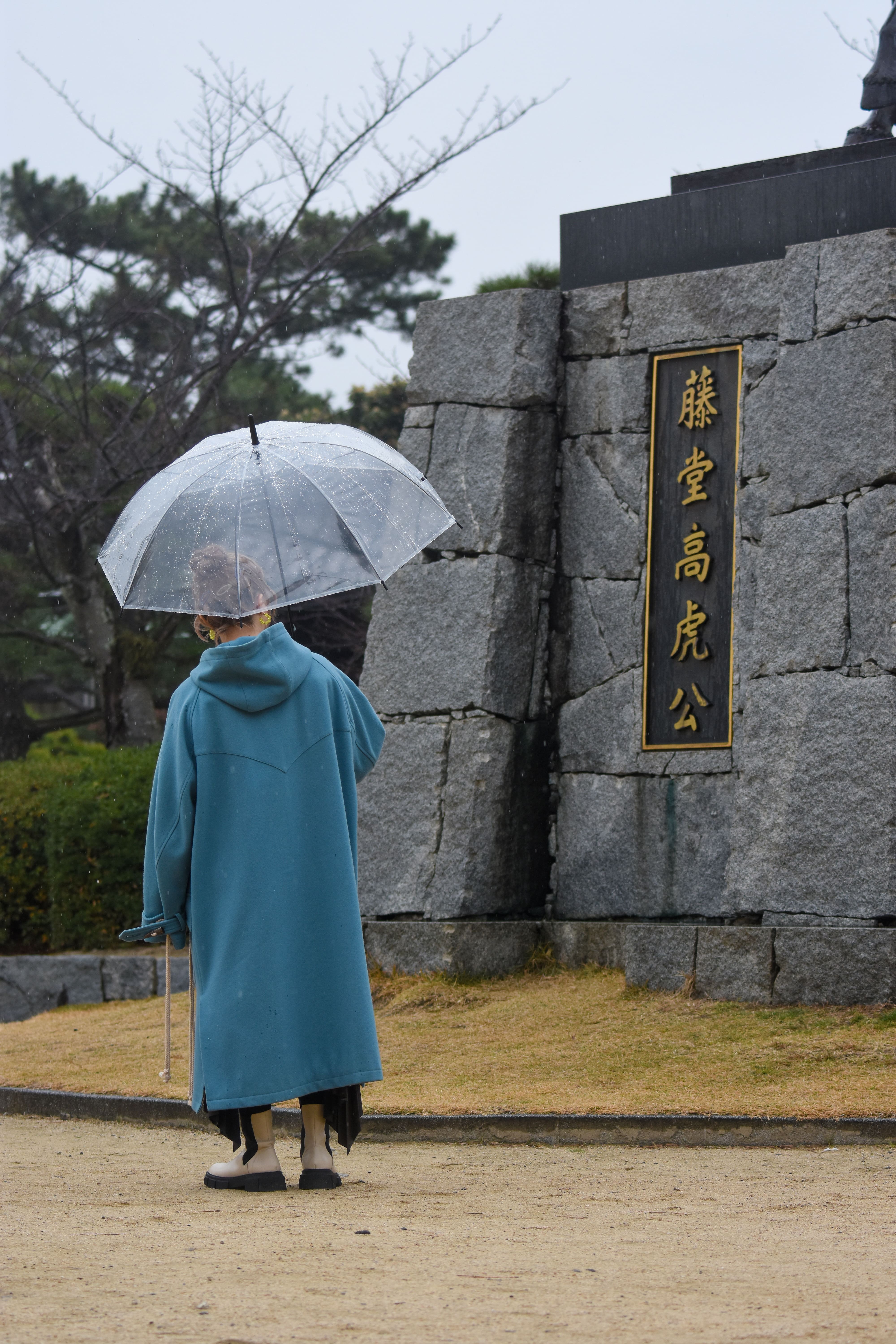
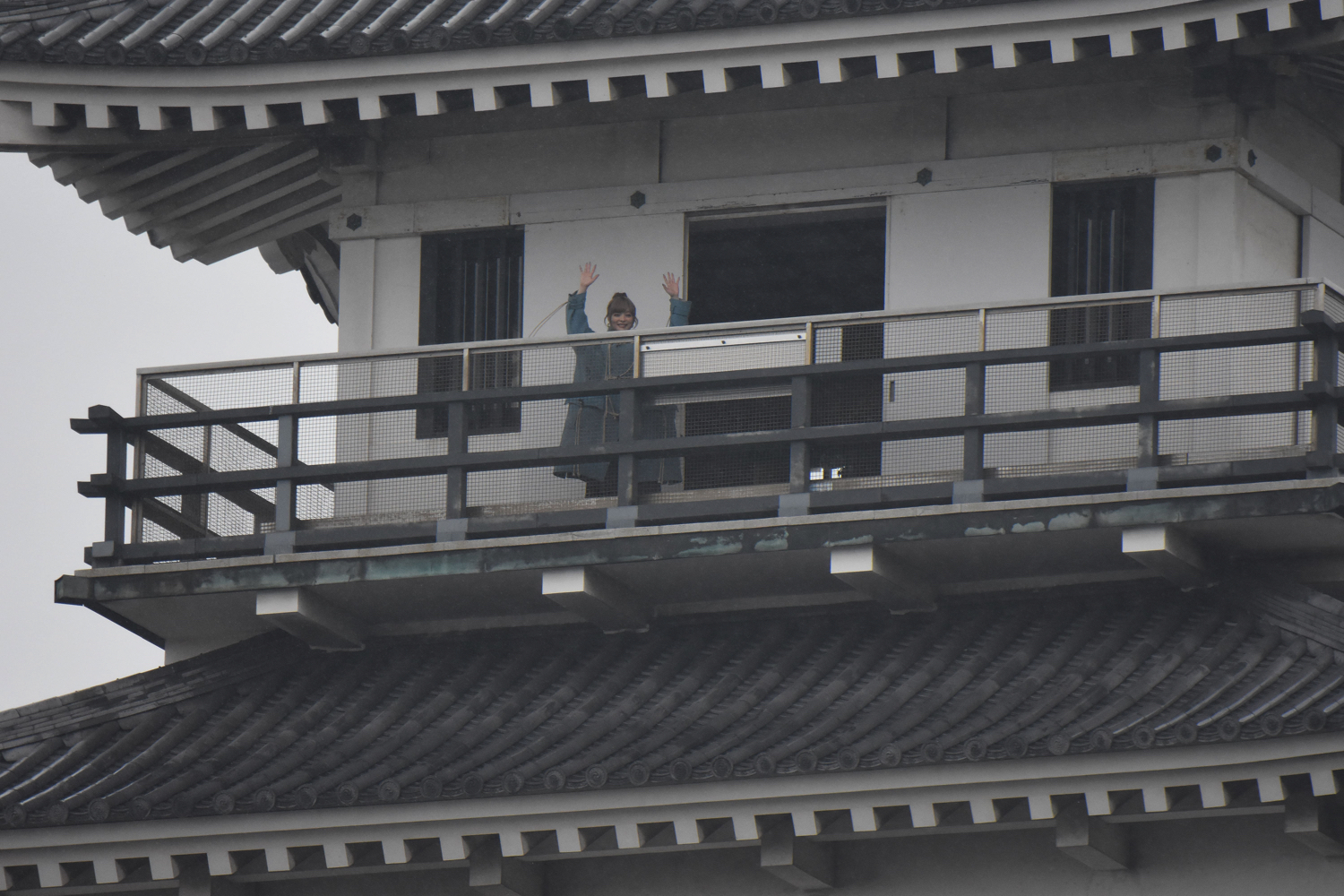
Imabari Castle, built by the daimyo Tōdō Takatora, is known famously as one of Japan’s three “Castles on the Sea” and was also listed in Japan’s Top 100 Castles. When it was first constructed, boats could enter the moat from the ocean. It’s a site that breathes the prosperity that Imabari has enjoyed as a significant location for maritime traffic, the same Imabari that the Murakami pirates sought to protect. Head on up to the top of the castle to stand on the observation deck and gaze at an unbroken view of the city.
Information
Imabari Castle
Address: 3-1-3 Toricho, Imabari, Ehime, 794-0036, Japan
TEL: 0898-31-9233
Opening Hours: 9:00-17:00
Closed: December 29 – December 31
Official Website: https://www.city.imabari.ehime.jp/museum/imabarijo/
Kirosan Observatory Park
A breathtaking spectacle to remember
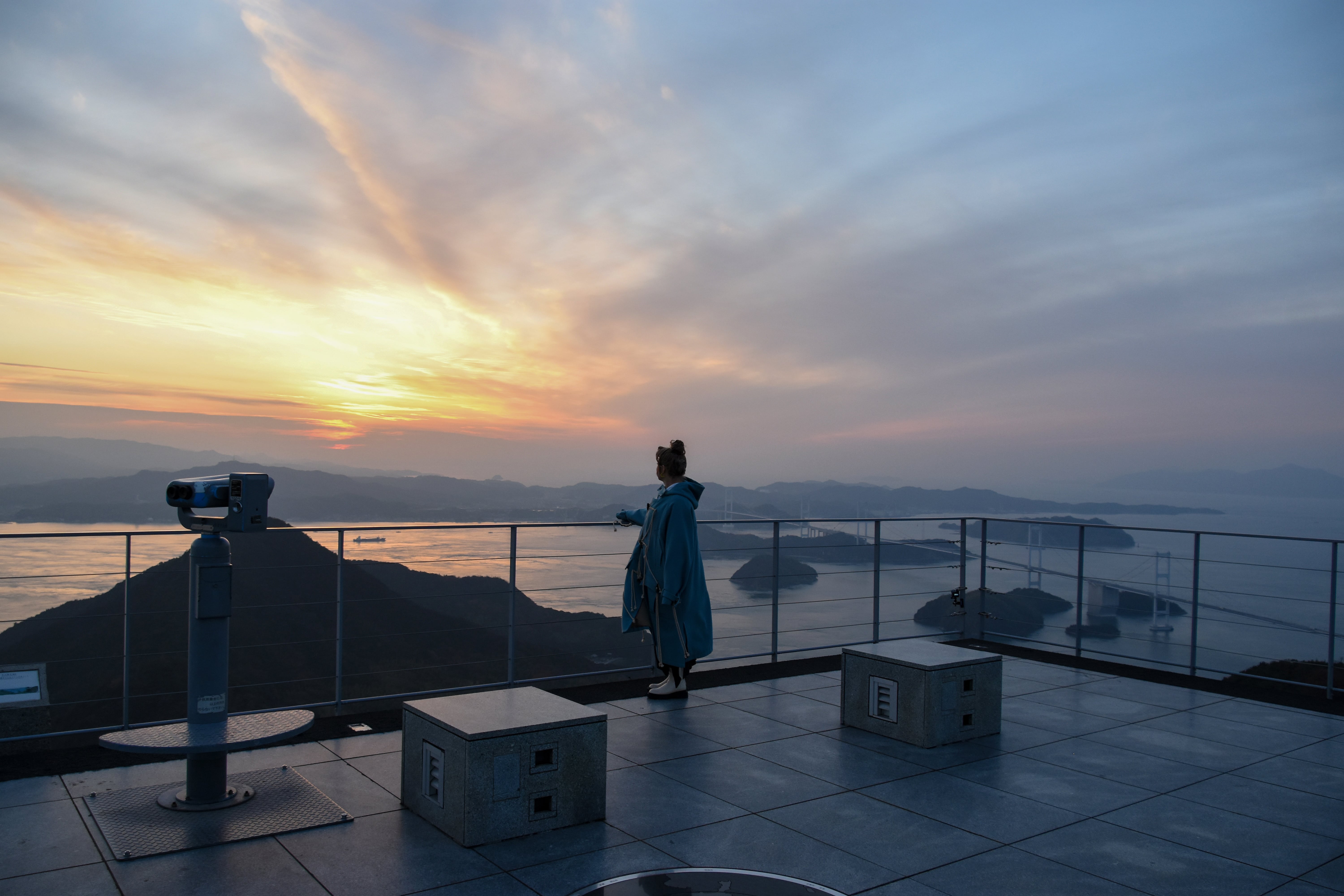
Kirosan Observatory Park is officially recognised by Setonaikai National Park. Standing atop the observation deck fills the eyes with wonder as they gaze upon a panoramic stretch of Imabari, the Seto Inland Sea, and Kurushima Kaikyo all at once. Kyary wrapped up her time in Imabari here as the sunset coloured the sky and sea in warm evening hues.
Information
Kirosan Observatory Park
Address: 487-4 Yoshiumicho Minamiura, Imabari, Ehime 794-2115, Japan
No Fixed Holidays
Open 24-hours a day
Official Website: https://www.city.imabari.ehime.jp/kanko/spot/?a=182
Imabari Tourism Information: https://www.city.imabari.ehime.jp/kanko/
We hope you enjoyed joining Kyary on her adventures across Imabari, and perhaps she even got you a little curious in wanting to visit the city yourself. It’s a treasure trove filled with vistas by the sea, in nature, and in the city itself with its Important Cultural Properties. Food is also a big part of travel for many people, so you can rest assured that your belly will be satisfied in Imabari as you try their speciality mikan, fresh seafood fished in the Seto Inland Sea, and more.
Information
Kyary Pamyu Pamyu
Official Instagram: https://www.instagram.com/kyarypappa (@kyarypappa)
Official Twitter: https://twitter.com/pamyurin (@pamyurin)
Official Website: http://kyary.asobisystem.com/
-
All About Matsuyama | Final Episode: Introducing the New Matsuyama Tourist Information Centre
The reception staff are ready and waiting to greet customers with a smile
The all new Matsuyama Tourist Information Centre finally opened in the heart of Matsuyama—the capital city of Ehime Prefecture in Japan—in Okaido on May 27. You’ll find it on the first floor of Matsuyama Mitsukoshi which isn’t even a one-minute walk from Okaido Station. It features an interior fusion combining history and culture with a design inspired by Matsuyama Castle while also throwing in a contemporary feel.
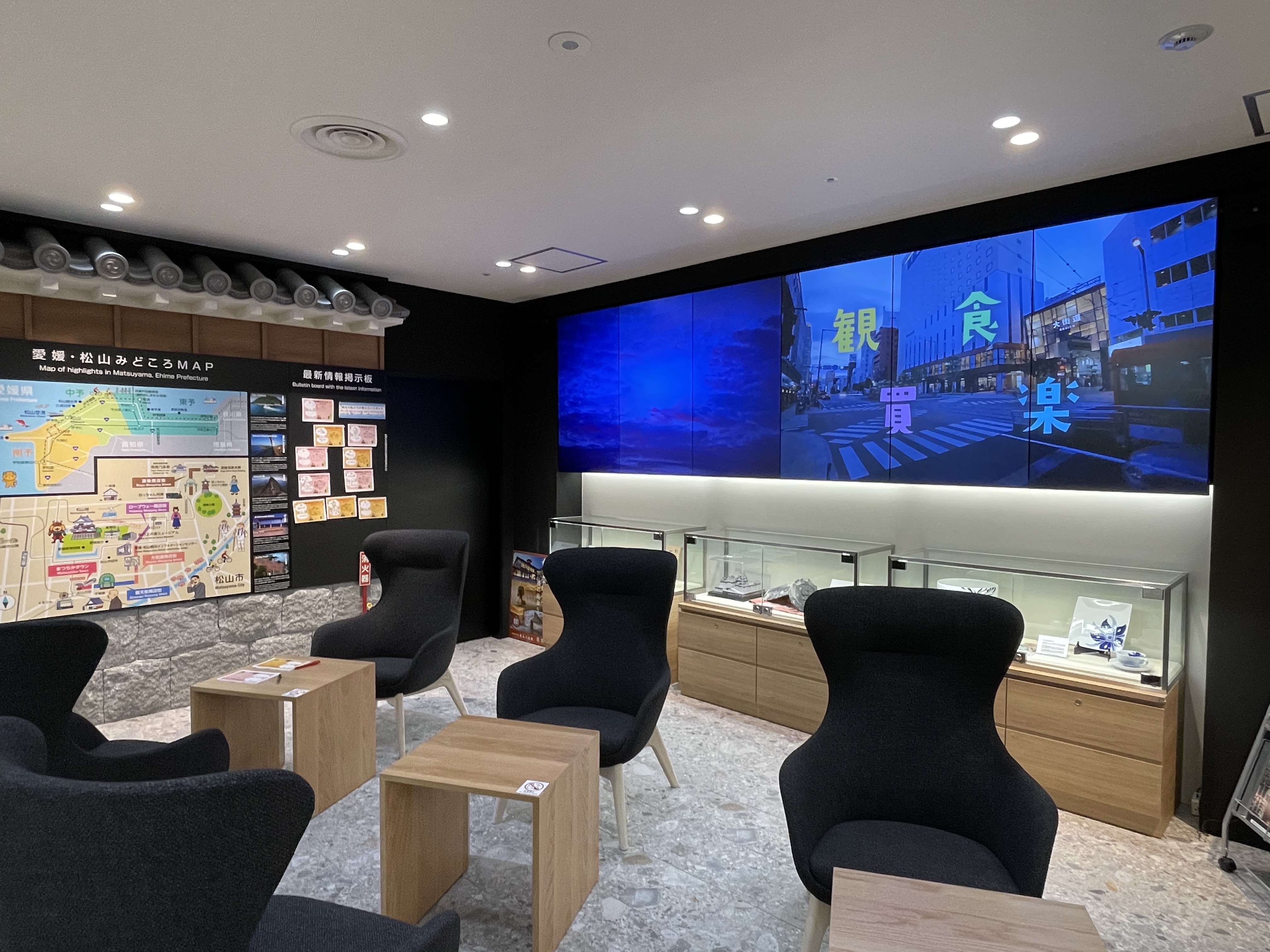
Six giant screens serve as the perfect place for tourism-related PR of Matsuyama
The first sight many visitors will lay their eyes on upon entering the information centres are the six screens spanning 1.5 meters high and 4.5 meters across the wall. Here, a variety of promotional material centred on the highlights of Matsuyama will be displayed.
The information centre offers many useful services, including for foreign customers who don’t speak Japanese. There is a translation and interpreting service, money exchange, rental electrical outlets for smart devices, and more. The staff themselves are multilingual, but the interpreting service includes access to a call centre which you can access using the free WiFi or using an iPad. The availability of foreign currency exchange is also extremely beneficial as Matsuyama is a city abundant with long-standing shops that have been around for decades and longer. Another convenience with the centre is easy access to public transport. If you’re looking to travel around the prefecture, we recommend paying a visit to the centre first as it’s sure to provide valuable information. You can even rent mobile batteries for your smartphone to lessen the stress when sightseeing.
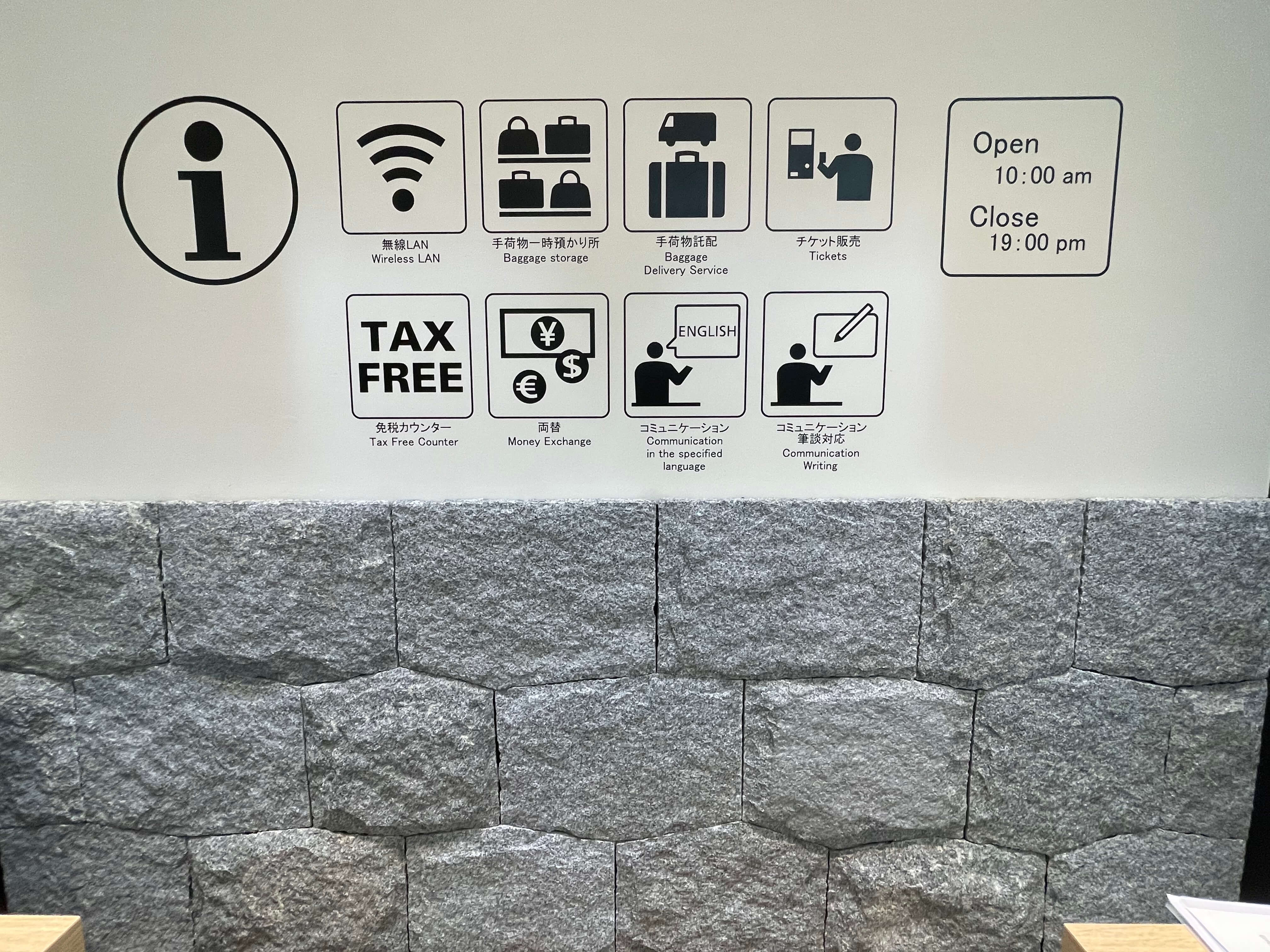
The pictogram shows the many handy services available
Visitors will also find a comprehensive duty-free counter inside the information centre which covers all stores in Okaido, Gintengai, Matsuchika Town, Dogo Shoten, and Ropeway Shotengai. You must spend over ¥5,000 (before tax) on products to be duty-free eligible. Since it’s a comprehensive service, if you have multiple receipts you can be exempt from tax as long as all your receipts exceed ¥5,000. Participating stores have special stickers plastered up inside so tourists can quickly and easily identify them.
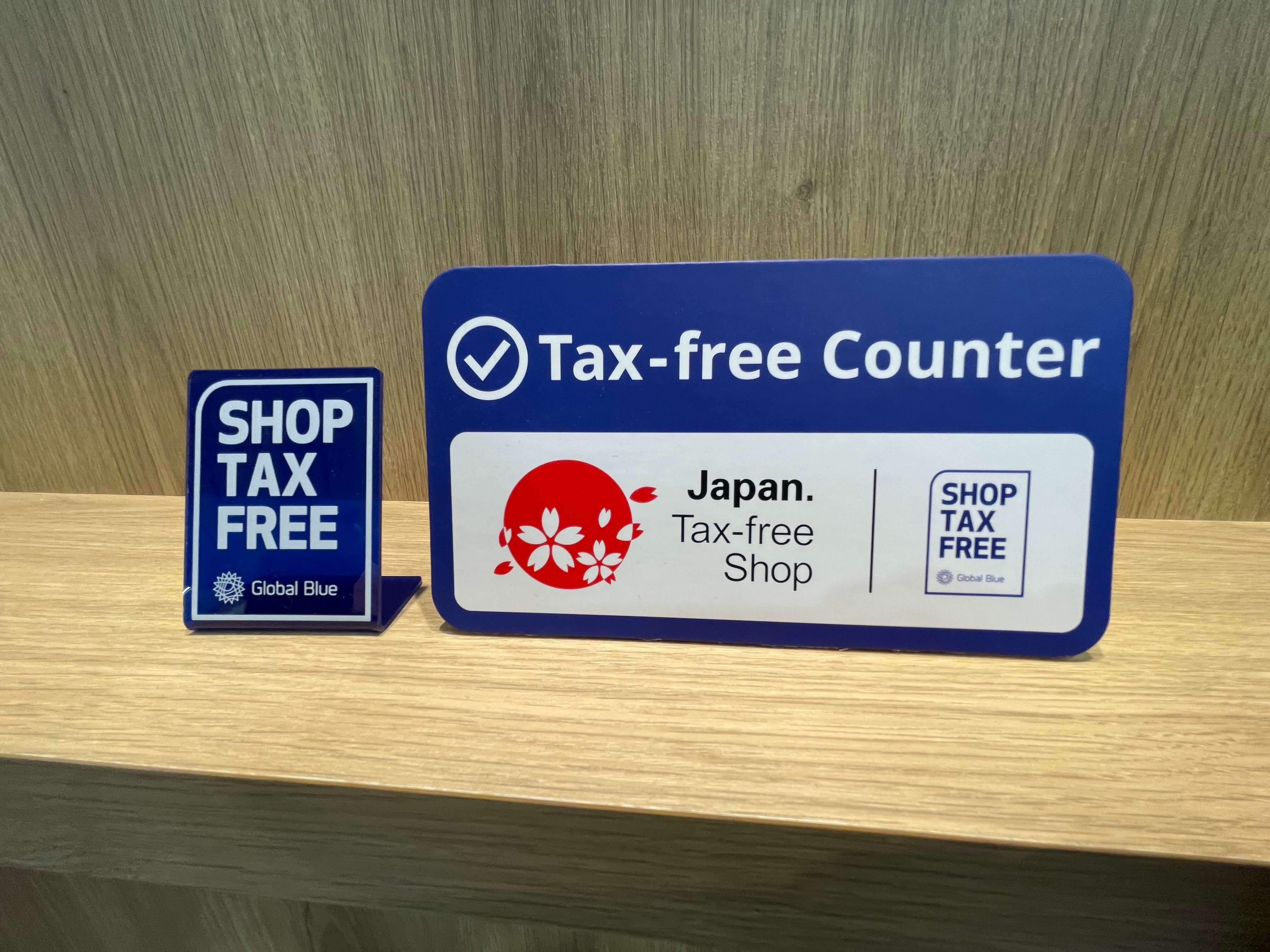
Stores participating in the duty-free service have stickers and signs to show it
For example, if you spend ¥500 at participating stores in Dogo Shotengai, ¥1,000 in Okaido Shopping Street, and ¥3,500 in Gintengai Shotengai, and take all three of those receipts adding up to ¥5,000 to the information centre, you can get your items duty free. But keep in mind that the receipts have a validity period on them, so be sure to check opening hours.
The Matsuyama Tourist Information Centre serves as the perfect site for bringing in all kinds of tourists, including foreign travellers, to Matsuyama post-COVID. The information also goes by the cute nickname “Dan Dan info.” Dan dan is an old Ehime phrase meaning “thank you” and ties in with the smiling and hospitable welcome staff wish to greet guests with. It’s exciting to look into the future and see how Matsuyama’s tourism and economic growth will develop in its shopping districts, stores, and elsewhere. Make one of your first stops the Matsuyama Tourist Information Centre when visiting the city.
Information
Matsuyama Tourist Information Centre
Opened: May 27, 2021
Address: Matsuyama Mitsukoshi Floor 1F Atrium Space Court, 3-1-1 Ichibancho, Matsuyama, Ehime
Homepage: https://matsuyama-tourism.com/
Facebook: dandaninfo
Instagram: dandaninfo_matsuyama
-
All About Matsuyama | Episode 8: Souvenirs Are Part of Matsuyama’s Fun and Are Everywhere
The all new Matsuyama Tourist Information Centre opened in the heart of Matsuyama—the capital city of Ehime Prefecture in Japan—in Okaido on May 27. In celebration of its opening, this new featured series by MOSHI MOSHI NIPPON will explore the wonders of Matsuyama, a city abundant with places to shop, leisurely hot spots, must-visit restaurants, and opportunities to dive deep into its history and culture. You’re sure to discover something new and exciting about Matsuyama in this series.
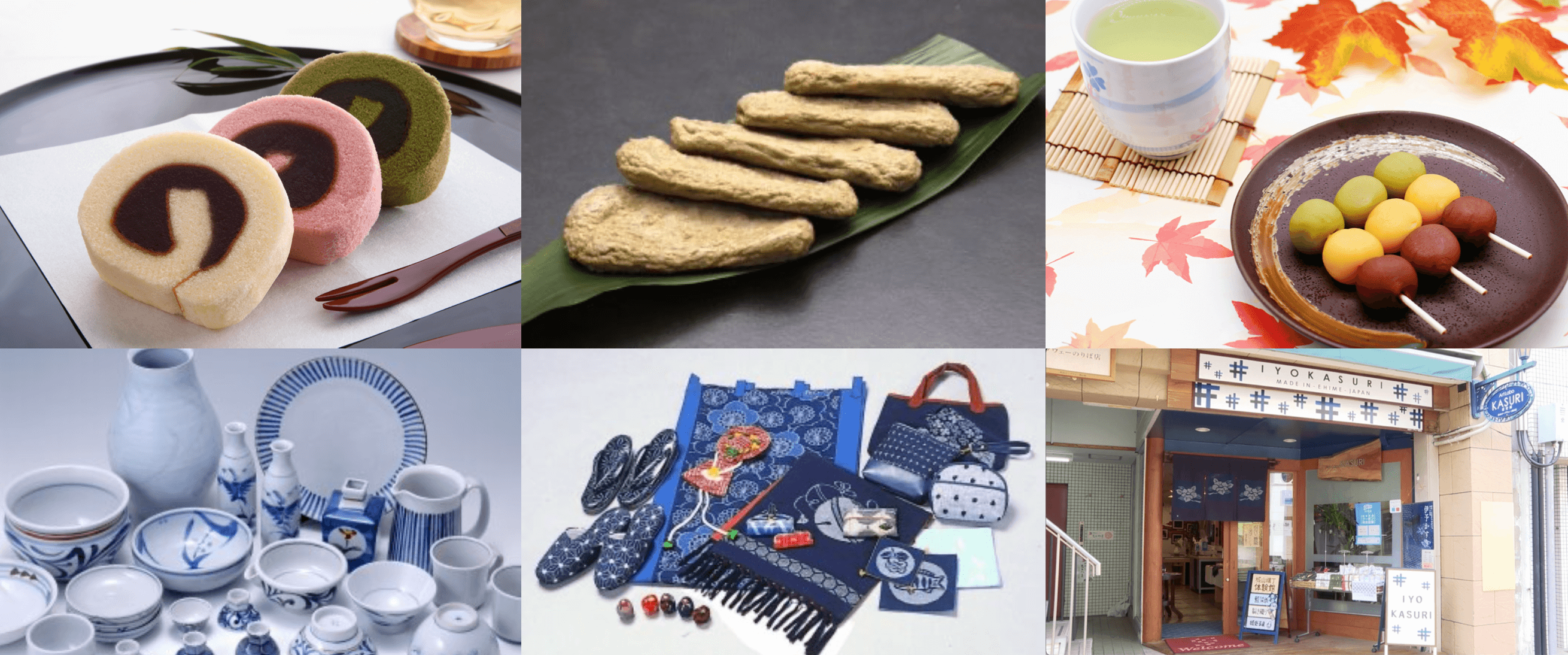
From tasty treats to home and lifestyle goods, Matsuyama has no shortage of souvenirs
Popular sightseeing spots and delicious food you can’t get anywhere else—these are all part of the fun experience to be had when travelling. To wrap up your time there and memorialise all that’s happened, nothing’s better than picking up a little souvenir. In Episode 8 of All About Matsuyama, we take a look at the many wonderful items you can take home with you as souvenirs from food to traditional handicrafts, special dyed fashion and accessories, and more. MOSHI MOSHI NIPPON has picked out a range of delightful treats like Matsuyama’s famous tartes, jakoten, three-colour botchan dango as well as Tobe ware porcelain which is an Ehime tradition, and iyo-kasuri fabric which is one of Japan’s three main kasuri fabrics.
First on the list is the ‘tarte,’ a speciality product of Shikoku which is more of a sponge cake. They’re made of a soft and fluffy sesame seed-coloured sponge and coarse red bean paste. A famous treat of Matsuyama, you can find these tarts just about anywhere in Okaido Shopping Street, near Dogo Onsen, and elsewhere.
Jakoten is considered a soul food of Ehime Prefecture. It’s made from fish that are blended into a paste and fried. You can find jakoten everywhere in Matsuyama, but every restaurant serves theirs with different textures and flavours. Many places fry them fresh, so be sure to try a bunch to compare the flavours and then you can decide which to buy as a souvenir. There are even places so popular that they have lines outside them before they even open.
The botchan dango is something many of our readers have probably seen or heard about. These three-coloured skewered dango are served bite-sized, cute enough to snap a photo of. The ones sold at Dogo Onsen are something of a speciality. They have their name from Natsume Soseki’s novel Botchan. You’ll find them all around Dogo Shotengai.
Tobe ware is a traditional type of porcelain from Tobe in Ehime, known for its smooth touch and durability. This traditional porcelain has been handed down from old times until today, and in recent years, ceramists have been hammering out their own unique shapes, so have become popular as stylish, everyday use lifestyle items.
You can’t talk about Ehime’s traditional craftwork without mentioning iyo-kasuri fabric. Matsuyama used to have huge production output of this fabric type, which stands as one of three of Japan’s most famous kasuri fabrics alongside kurume-gasuri from Fukuoka and bingo-kasuri from Hiroshima. Production has dwindled in modern times, but if you go to Art Labo KASURI Rekishikan, you can learn all about iyo-kasuri. There are lots of gorgeous iyo-kasuri products to buy like cute pouches, bags, and more.
And that’s our list of must-grab souvenirs. There are of course endless other things you can get your hands on, so if you’re lost on what to pick up, try asking at the Matsuyama Tourist Information Centre.
Stay tuned for the next and final episode of All About Matsuyama.
Information
Matsuyama Tourist Information Centre
Opened: May 27, 2021
Address: Matsuyama Mitsukoshi Floor 1F Atrium Space Court, 3-1-1 Ichibancho, Matsuyama, Ehime
Homepage: https://matsuyama-tourism.com/
Facebook: dandaninfo
Instagram: dandaninfo_matsuyama
-
All About Matsuyama | Episode 7: Mitsuhama Port is a Nostalgic Trip Down Memory Lane
The all new Matsuyama Tourist Information Centre is set to open in the heart of Matsuyama—the capital city of Ehime Prefecture in Japan—in Okaido on May 27. In celebration of its opening, this new featured series by MOSHI MOSHI NIPPON will explore the wonders of Matsuyama, a city abundant with places to shop, leisurely hot spots, must-visit restaurants, and opportunities to dive deep into its history and culture. You’re sure to discover something new and exciting about Matsuyama in this series.
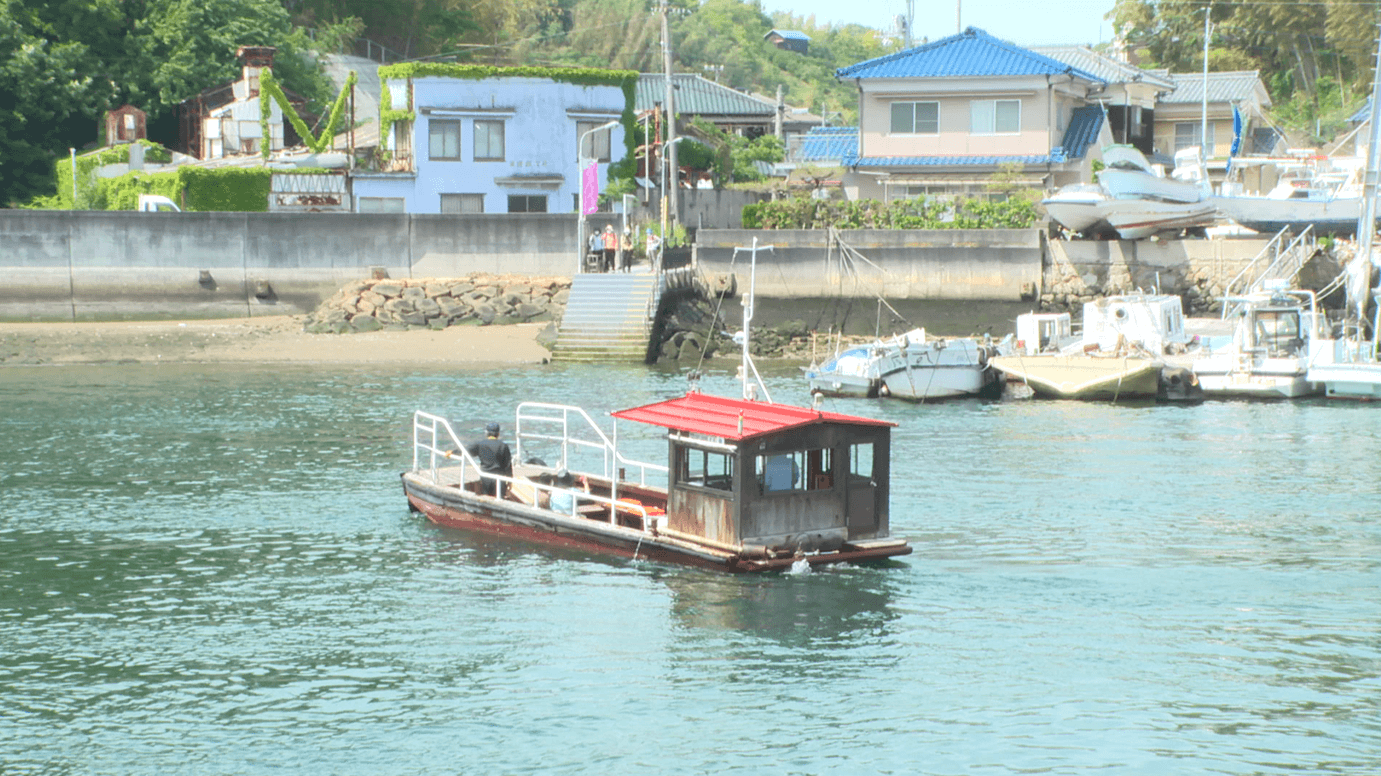
The Mitsu Ferry, managed by Matsuyama City, has been running for over 500 years
We’ve covered much about the land in this series, so in Episode 7 of All About Matsuyama, we’re heading to the sea. Mitsuhama Port sits in the western part of Matsuyama, Ehime. Mitsuhama is a port town that flourished during and following the Edo Period as the ‘front door to the ocean.’ Visiting the town is a trip down memory lane as there are still pseudo Western-style buildings from the Meiji and Taisho periods that suffered damage from the war, as well as traditional Japanese houses, and more. The Mitsuhama Shotengai shopping district was once a bustling place for the fishing and trade industries. Today, buildings have been renovated and taken on new managers who have turned places into stylish cafes, galleries, and other businesses, creating a quaint mix of new and old.
Matsuhama Port is a 15-minute car ride from Matsuyama Station, which itself is connected to other must-visit spots we’ve covered in this series such as Matsuchika Town and Gintengai. If you’re looking for a place to walk around, the port area is somewhere you can really stretch your legs. It’s right outside Mitsu Station from where you can see Mitsuhama Shotengai lined with concrete shops. The street has an old-timey Japanese nostalgic feeling to it. The number of young people frequenting the local shops and houses that have been renovated into various stores is on the rise which is changing its image from a former port town to a hip place to go for shopping. In the summer there are firework festivals and events held by the shopping district, so it’s quickly becoming one of Matsuyama’s new tourist spots.
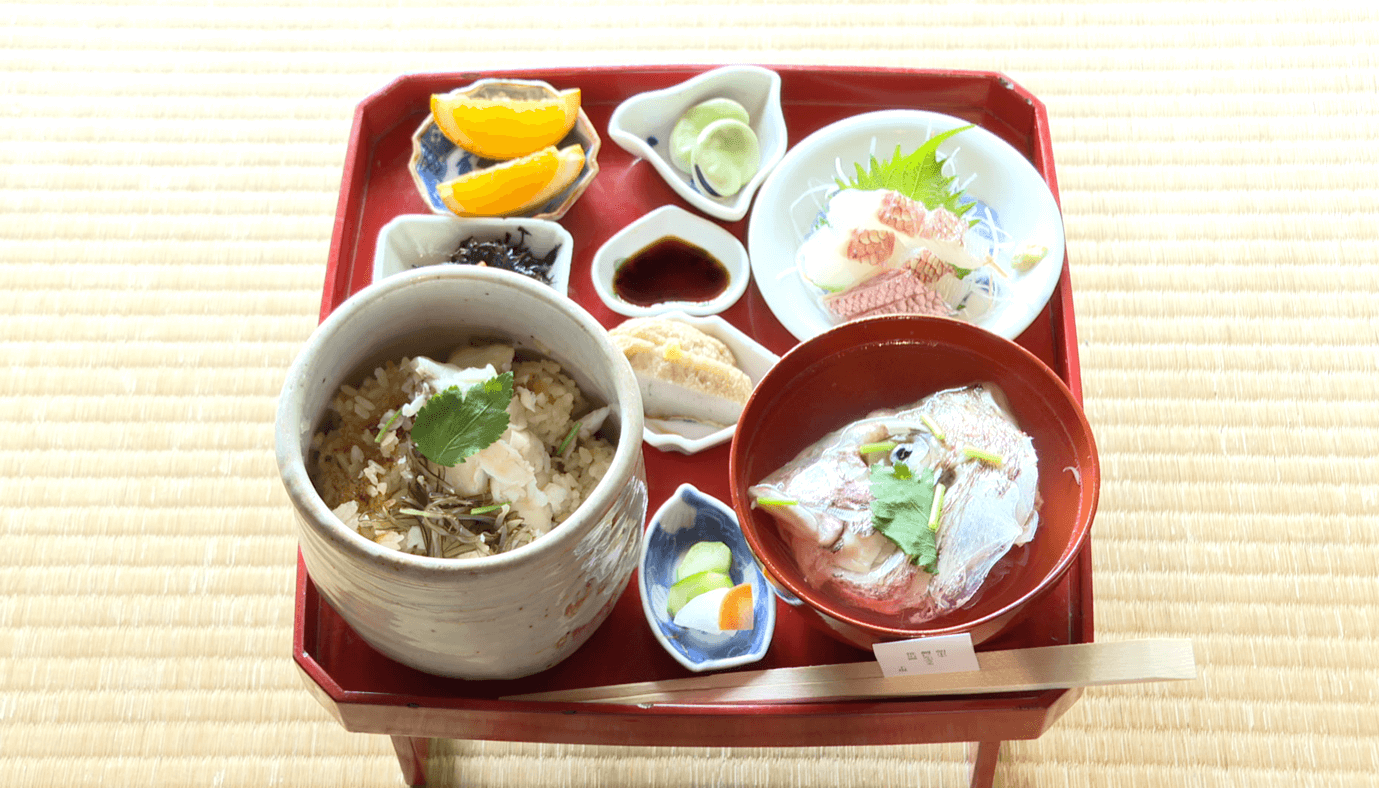
A luxurious sea bream meshi-zen set meal
If you’re strolling through Mitsuhama Shotengai, one place we absolutely want to recommend people visit is Taimeshi, a restaurant that set up shop inside a Japanese house that’s registered as a Tangible Cultural Property. They have only one order on the menu as pictured above: the Taimeshi-Zen, a sea bream set meal, which is made even more enjoyable by the restaurant’s elegant decor.
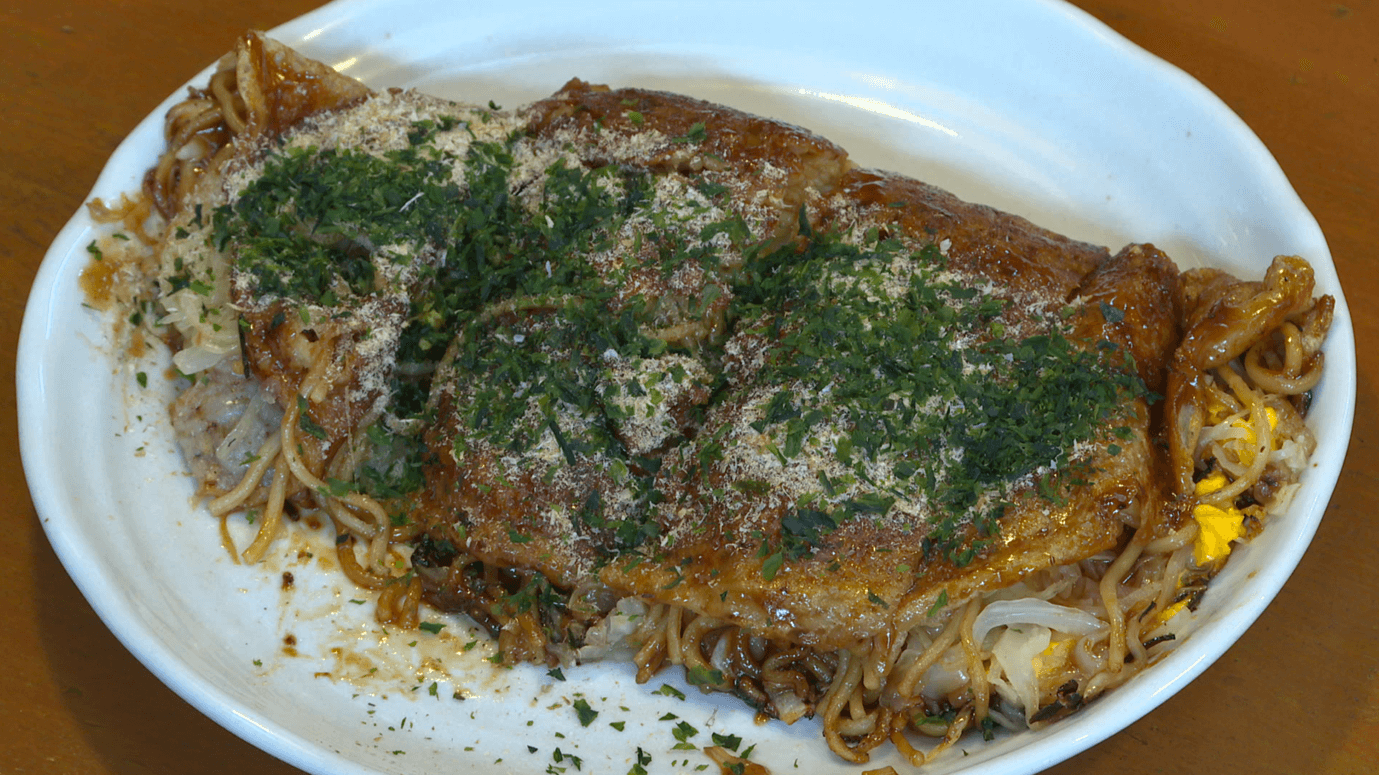
Mitsuyamayaki is a fast food delicacy of Mitsuhama
Everyone needs to try the local fried food as well. The most popular is their okonomiyaki, a common food in Japan. However, the type served in Mitsuhama, known as Mitsuhamayaki, is a little different from the Osaka or Hiroshima styles. They load the batter with noodles and garnish with chikuwa fish-paste, an ingredient long-loved in Mitsuhama, and the secret ingredient—fish flakes. Beef is used as the meat filling. The result is the kind of flavours you’d imagine tucking into in a port down. Each restaurant that serves Mitsuhamayaki serves theirs with their own original sauces too, so no two places will be exactly the same. Try several to compare the tastes.
Something else that can’t be passed up when visiting Mitsuhama is the Mitsu Ferry, a boat with a 500-year history that rides up and down the river and is free of charge. Not only has it been used since the Muromachi Period for transporting goods, it also enjoys 40,000 passengers every year having been recognised as a tourist spot in recent years.
Baishinji Station, which is right next to Minatoyama Station and is how you get to the Mitsu Ferry, is known for being the location of the final episode of the 1991 Japanese drama series Tokyo Love Story. There, visitors can also gaze at the gorgeous view of the Seto Inland Sea, pay a visit to Baishinji Garden to enjoy the plum and cherry blossoms, and more.
Matsuyama is vast and full of many places to enjoy. Mitsuhama is one of these locations and is easily accessed by train from the city centre. It’s a tranquil place where you can feel both the preserved old atmosphere and the modern changes. It’s sure to continue growing as one of the city’s must-visit sightseeing spots.
Information
Taimeshi
Homepage: http://taimesi.net
Address: 1-3-21 Mitsu, Matsuyama, Ehime
味処いとさん
住所 愛媛県松山市住吉2-8-33
-
All About Matsuyama | Episode 6: Feast Your Eyes Upon the City’s Food
The all new Matsuyama Tourist Information Centre is set to open in the heart of Matsuyama—the capital city of Ehime Prefecture in Japan—in Okaido on May 27. In celebration of its opening, this new featured series by MOSHI MOSHI NIPPON will explore the wonders of Matsuyama, a city abundant with places to shop, leisurely hot spots, must-visit restaurants, and opportunities to dive deep into its history and culture. You’re sure to discover something new and exciting about Matsuyama in this series.
One of the biggest attractions to anyone travelling abroad, or even domestically, is the food. In Episode 6 of All About Matsuyama, we give you a mouth-watering tour of Matsuyama’s food scene. Every area of the city is bursting with flavours to be savoured, so here’s our list of places we can’t recommend enough, all located around Okaido Shopping Street, Matsuyama Gintengai, and Matsuchika Town.
Higiriyaki
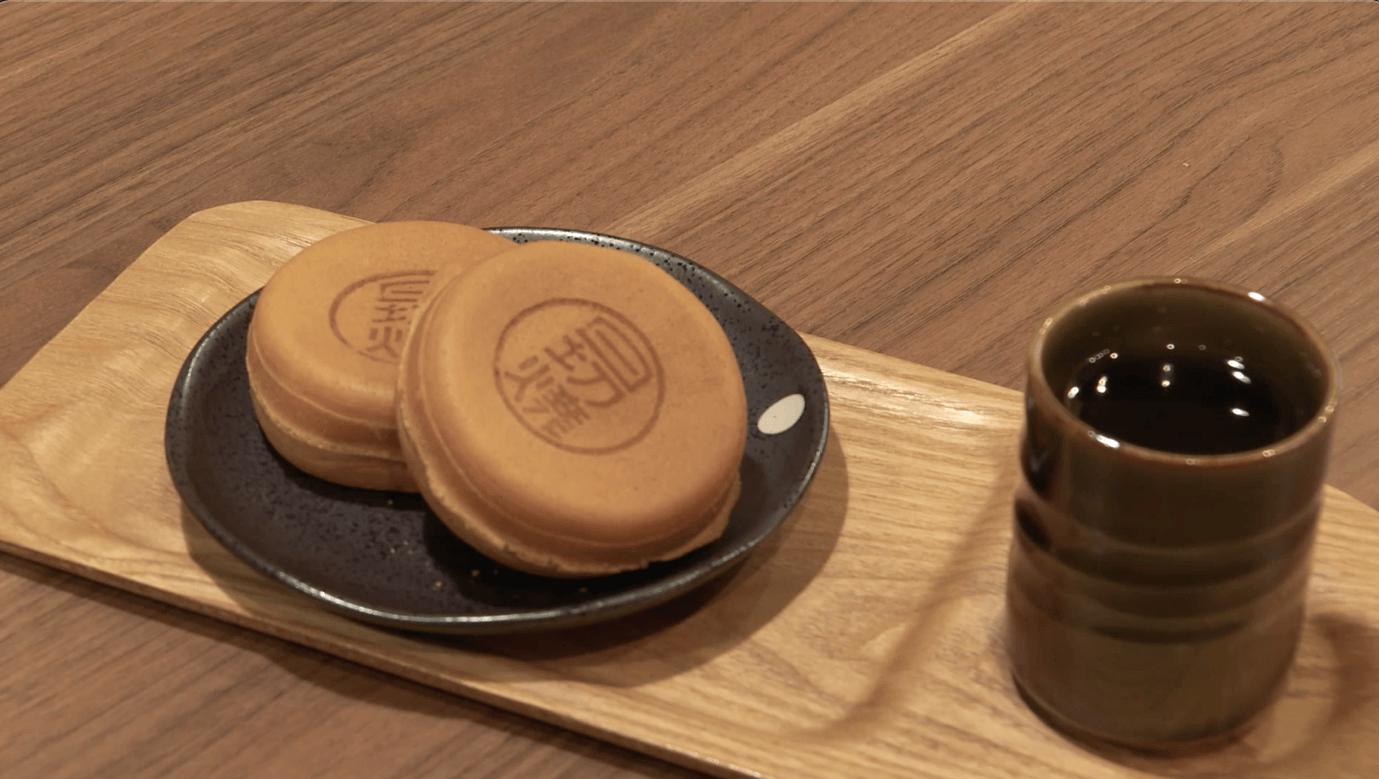
Higiriyaki is a sweet local treat from Matsuyama with chewy skin and filled with hot adzuki bean paste
The first delectable treat MOSHI MOSHI NIPPON recommends begins at a shop in Okaido Shopping Street. The ‘higariyaki’ is a local food that was first created during the Taisho period in Japan and is also the name of the shop that sells them. It’s said that the first higariyaki was made at Zenshoji Temple which is located in front of Matsuyama Station. The temple is nicknamed “Ohigiri-san,” and the dessert’s name derives from the Higiri Jizo god that is worshiped there. Its dough is made with high quality wheat flour and eggs and is stuffed with an azuki bean paste recipe that has been preserved and passed down since it was first created. You get to see the higiriyaki being made fresh before you when ordering one.
Noma Kajuen noma-noma

Every cup of their refreshing juice is freshly squeezed
Noma Kajuen noma-noma is a juice and gift shop managed by Noma Kajuen, a fruit grower in Ehime which ships tasty mikan oranges around Japan. noma-noma not only serves fresh juice but ice creams, parfaits, drinkable jelly, and other takeout items too – all made with mikan. They have plenty of fruity gifts too, so don’t pass up the opportunity to try some sweet Ehime mikan.
Roken Manto

The only place left making steamed bread with koubokin yeast fungus
Next on the menu is Roken Manto which is famous in Matsuyama for its steamed bread. This bread is made with koubokin yeast fungus and has been since 1931. No preservatives or other additives are used so they don’t have a shelf life – you can only buy and eat them from here. The bread was adapted in Kurashiki from the Chinese steamed bun to cater to Japanese palettes. Fillings include pinto beans, raisins, cheese, cocoa, and more. None are overly sweet so make for a nice easy bite. They are particularly popular with male customers who you often see in droves buying them in the evenings and late into the night.
Nabeyaki Udon Asahi

A bowl of their sweet udon will leave you feeling happy
We’re moving locations now – towards Matsuyama Gintengai. Nabeyaki Udon Asahi is a famous udon bar in Matsuyama known for its sweet tasting nabeyuki udon, something of a soul food to the locals. The restaurant opened in 1947 and has been frequented by locals since. Their udon is simple but delicious, made with a sweet broth, chewy noodles, kamaboko fish paste, chikjuwa fish paste, and boiled egg. The restaurant itself has a retro vibe to it which serves as the perfect setting for your bowl of udon. It will definitely have you wanting a second visit. One thing to note is that the restaurant closes once all noodles have been served, so we recommend visiting in the early afternoon.
Usuzumi Yokan

The quality of the adzuki beans elevate this dessert to sublime new heights
The usuzumi yokan is a famous sweet of Matsuyama which was first made over 1,000 years ago when Empress Jito visited Dogo. Its surface has a sheen to it, and inside are white beans made to look like cherry blossom petals, giving it an extravagant appearance. It’s a sweet famous across Japan having won awards at national confection competitions. You can order them to have-in at this cafe if you like – and their gorgeous Tobe ware plates are available to buy too. Both would be great as souvenirs bought together.
Tonkatsu Katsuyoshi

The crunchy, mouth-watering tonkatsu is nice and light and not fatty at all
Last up on our list takes out to Tonkatsu Katsuyoshi in Matsuchika Town. They serve up some seriously succulent and juicy meat covered in a crunchy layer and served with an in-house sauce. Their menu is long, and all set meals come with a bowl of grated Japanese yam soup. Matsuchika Town is full of popular eateries with lots of takeout items to enjoy, so we recommend visiting there before moving away from the station area.
Matsuyama is loaded with restaurants so you’ll never go hungry. The places on this list, and many others, are waiting for your arrival.
Information
Higiriyaki
Homepage: https://higiriyaki.jp
Address: 2-5-1 Okaido, Matsuyama, Ehime
Noma Kajuen noma-noma
Homepage: https://www.kajuen.co.jp/shop/nomanoma/
Address: 1-4-20 Okaido, Matsuyama, Ehime
Roken Manto
Homepage: http://home.e-catv.ne.jp/takeuchi/
Address: 2-3-15 Okaido, Matsuyama, Ehime
Nabeyaki Udon Asahi
Address: 3-10-11 Minatomachi, Matsuyama, Ehime
Usuzumi Yokan
Homepage: http://www.usuzumi.co.jp
Address: 1-2-2 Okaido, Matsuyama, Ehime
Tonkatsu Katsuyoshi
Homepage: http://matsuchika-town.com/shop/?mode=shop_detail&shop_id=5
Address: Matsuchika Town, 5-1-1 Minatomachi, Matsuyama, Ehime


